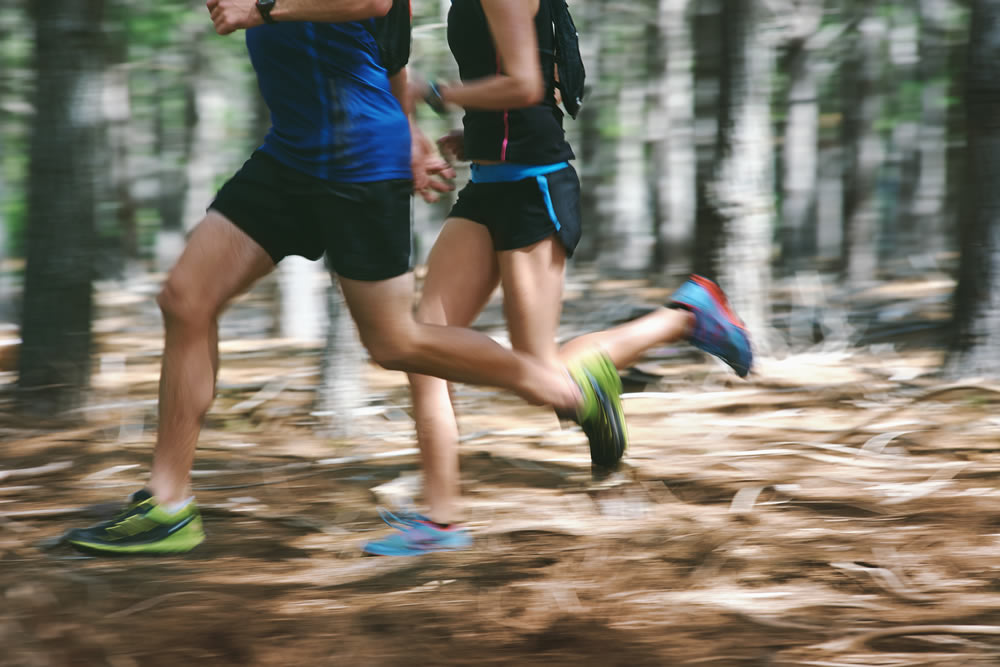
While trail running typically takes place outside, there are still ways to train for it in the gym.

While trail running typically takes place outside, there are still ways to train for it in the gym.
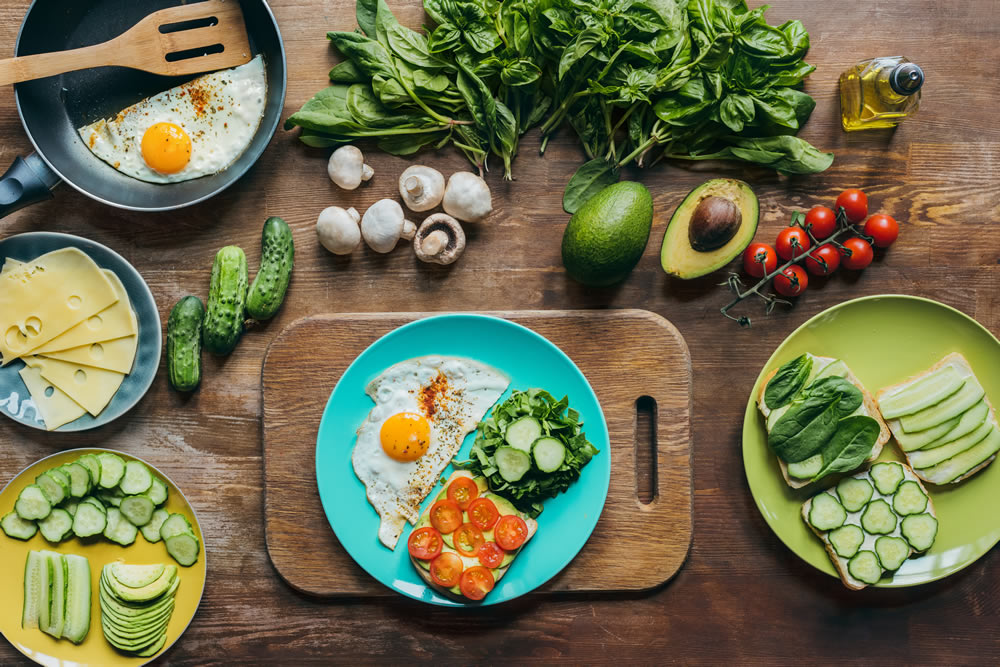
Start your day with a big glass of water and continue to sip on water throughout the day. If you're looking for something with a bit more flavor, try adding slices of cucumber or lemon to your water for a refreshing boost of flavor.
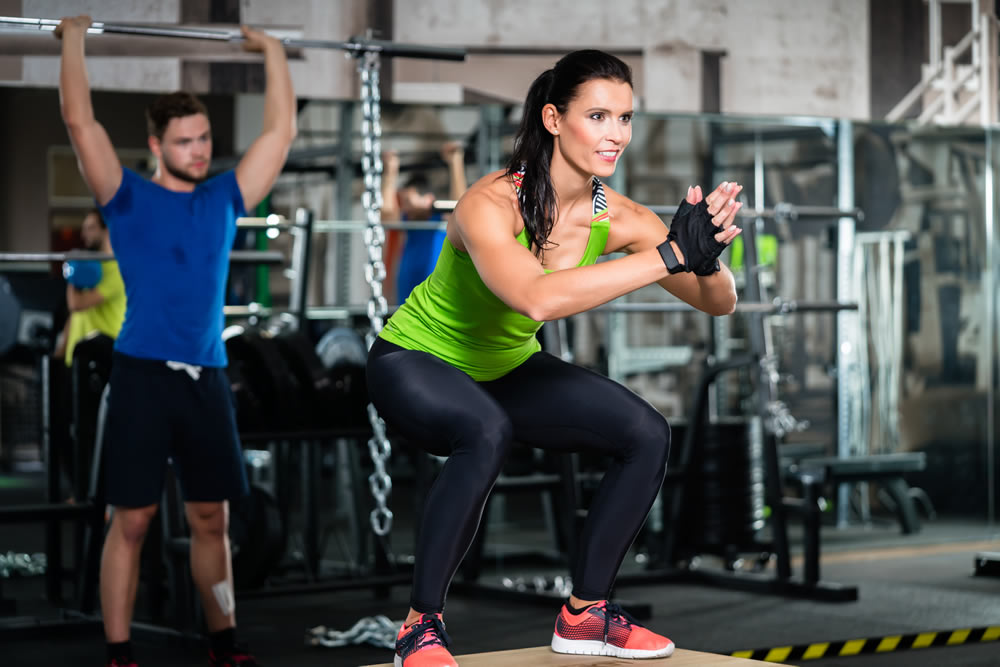
Functional exercises are a great way to keep your body and mind active. They are also a great way to challenge yourself and make sure you are staying on track. With functional exercises, you can work on different parts of your body at the same time, which is an added bonus.
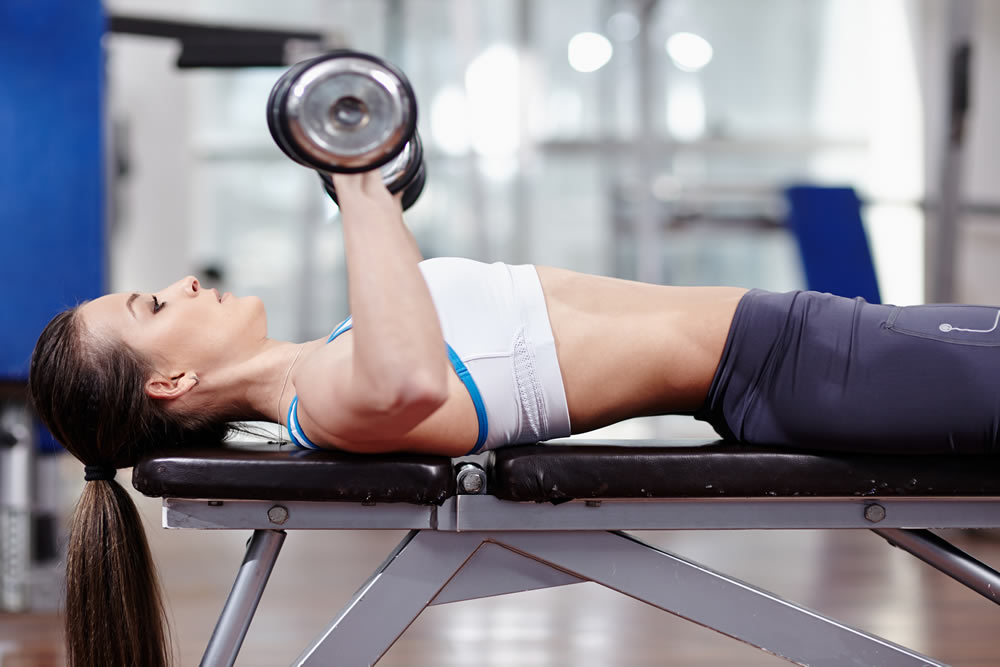
What Are Triceps?
The triceps brachii, commonly referred to as the triceps, is a large muscle spanning the back of your upper arm. It has three heads, the medial head, lateral head, and long head, and attaches to both the shoulder blade and elbow joint.
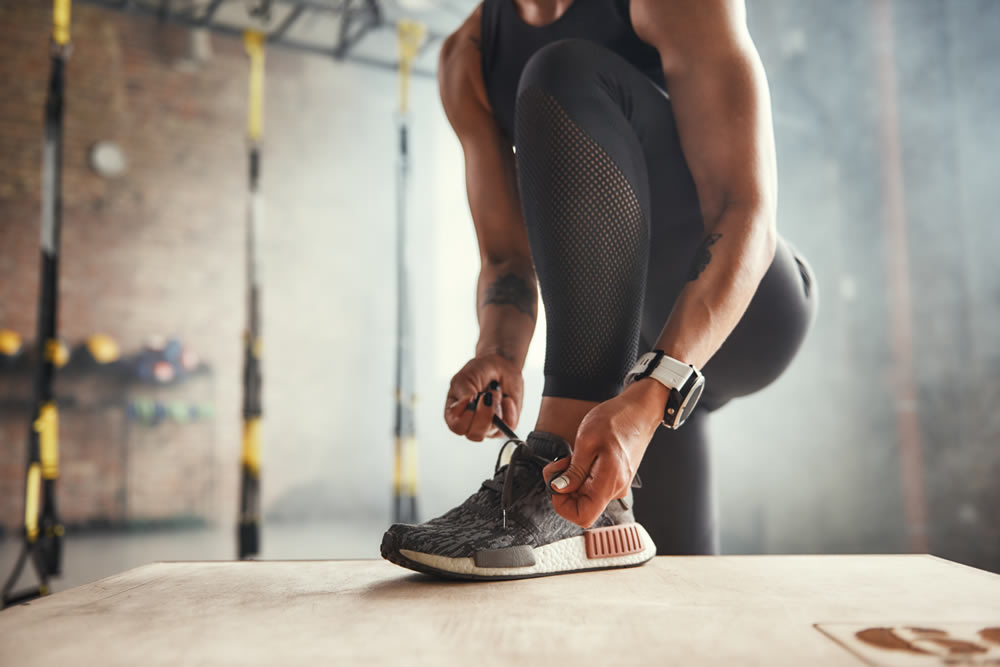
Do you find sticking to those healthy habits become that little bit tougher during the colder months? Is hitting that snooze alarm and ditching your morning walk becoming the norm? Are you reaching for carbohydrate comfort foods more?
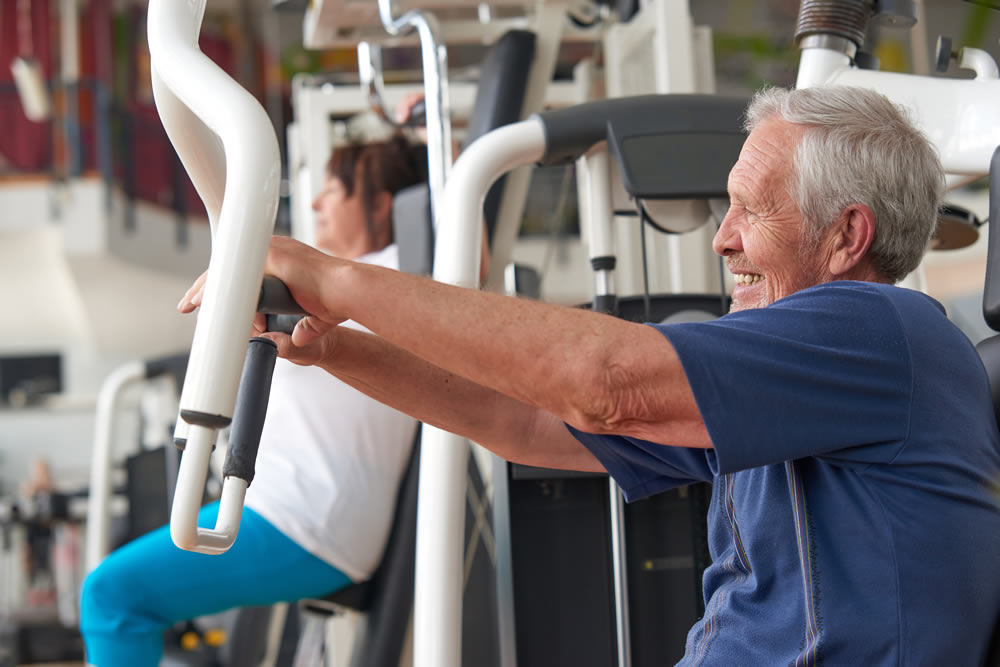
Osteoporosis is a condition which causes the bones to become brittle and weak. In the early stages, there are little to no symptoms, which means you may not be aware you have this condition until it’s already progressed.
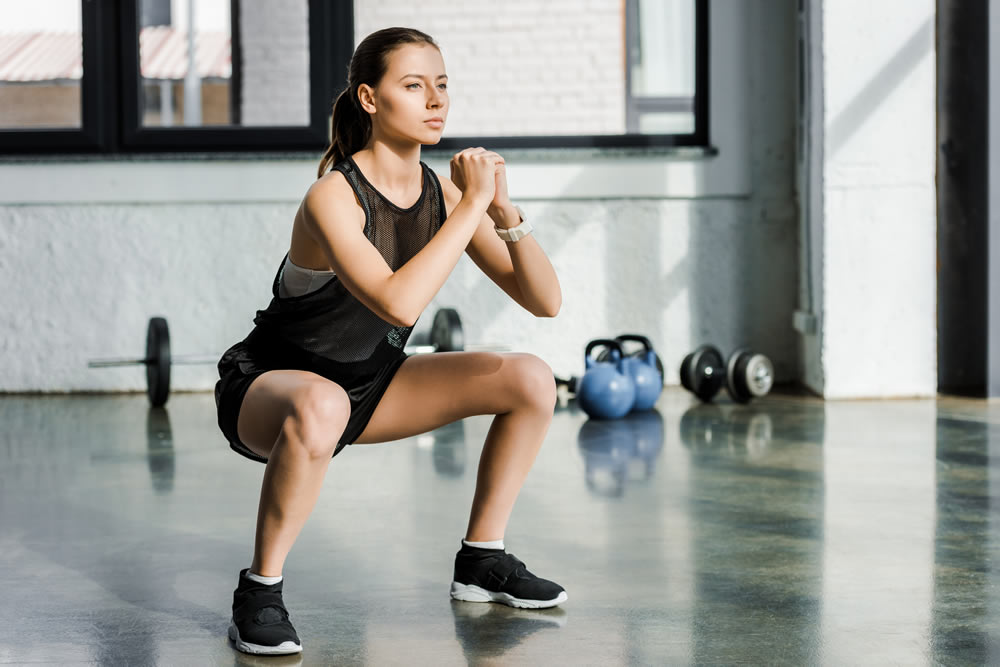
In order to improve your squat, you need to make sure that your form is correct. Follow these tips to improve your squat form:
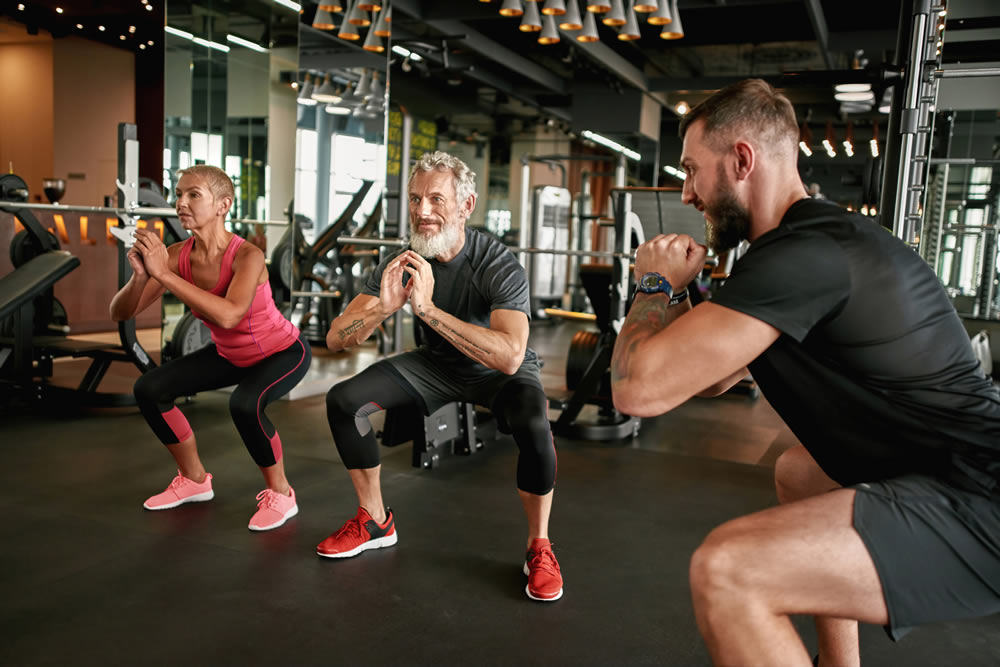
Back strengthening exercises can help improve balance, strength, and mobility in your back. Exercise properly to prevent back problems in the future!

Whether you’re an avid gym goer in need of a change or a complete novice looking to learn the lay of the land – group training could be the answer to your prayers!
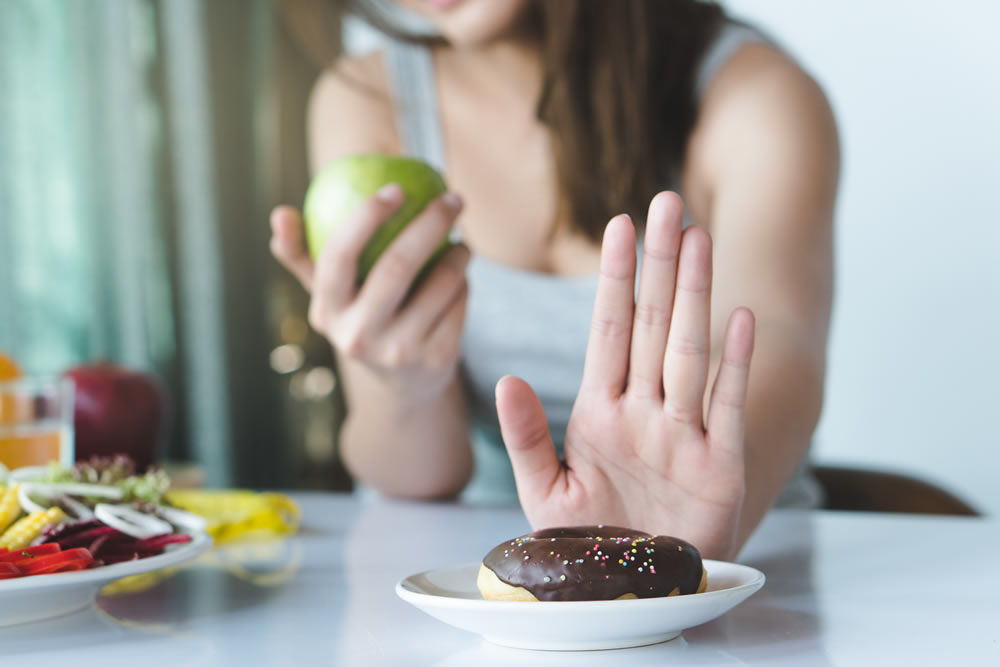
The most important part of any diet is being able to stay on it to achieve the desired results. By making the diet too extreme or limiting, it can become too difficult to follow.
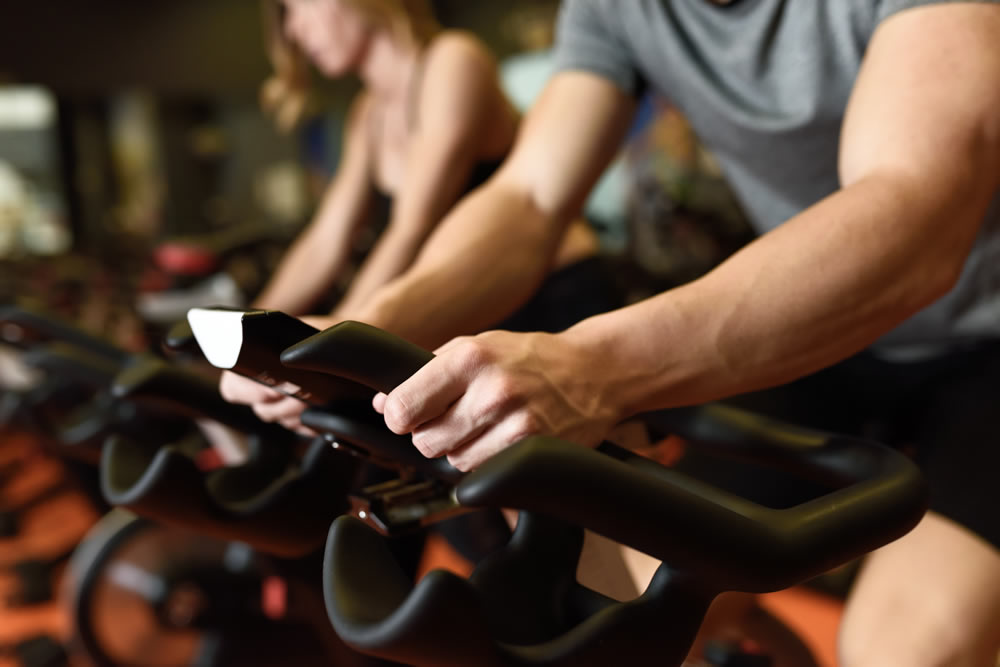
For some people when they start their health and fitness journey, it can often become overwhelming of where to begin. Cardio exercise is one of the most popular forms of exercise. Understanding the major benefits of cardio exercise may help you discover how to start including it as part of your routine.
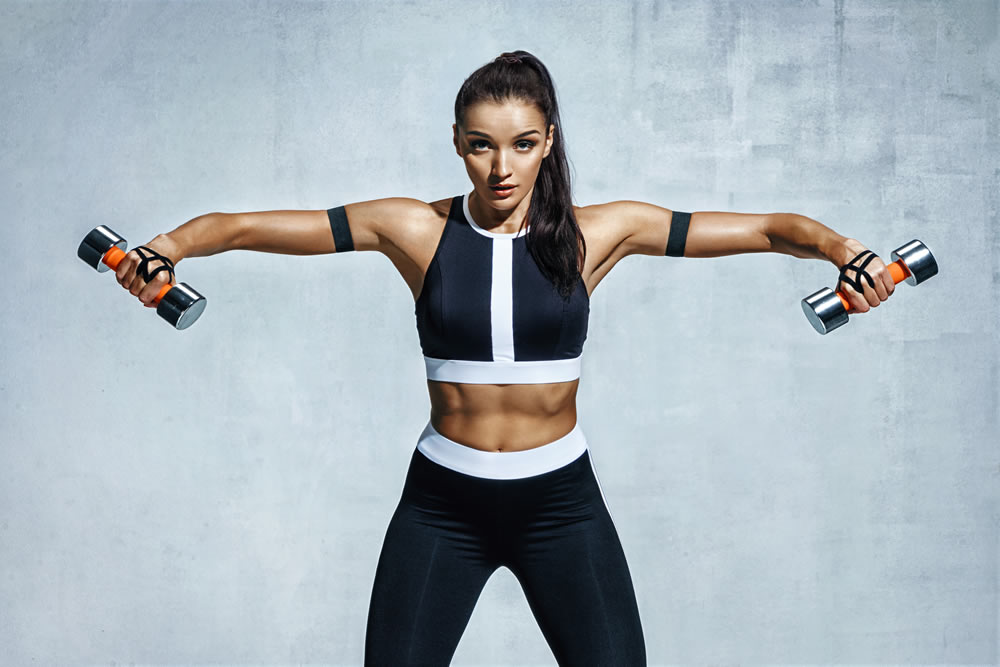
What is mobility?
Mobility is simply a person’s ability to move. In professional ‘terms’, it is described as how well we can move our bodies (joints and muscles) freely through their full range of motion.
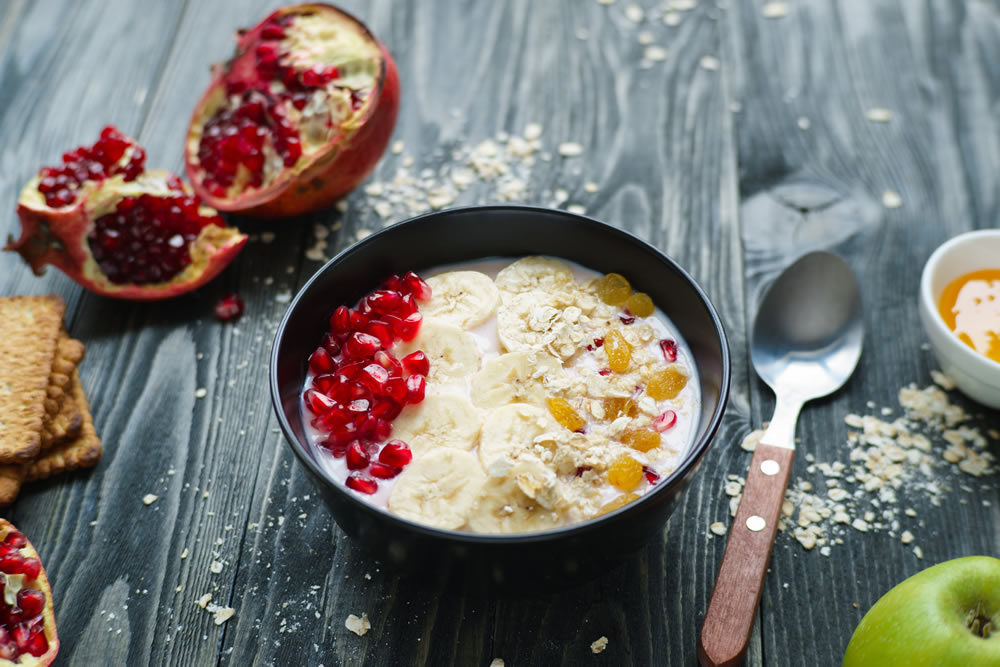
One of the key suggestions when aiming to eat healthier is planning your meals. Mapping out your meals with higher volume, lower-calorie options ensures that you never feel restricted and stay fuller for longer! Bulking up your meals with these 9 pantry staples means you always walk away feeling as energized as possible.
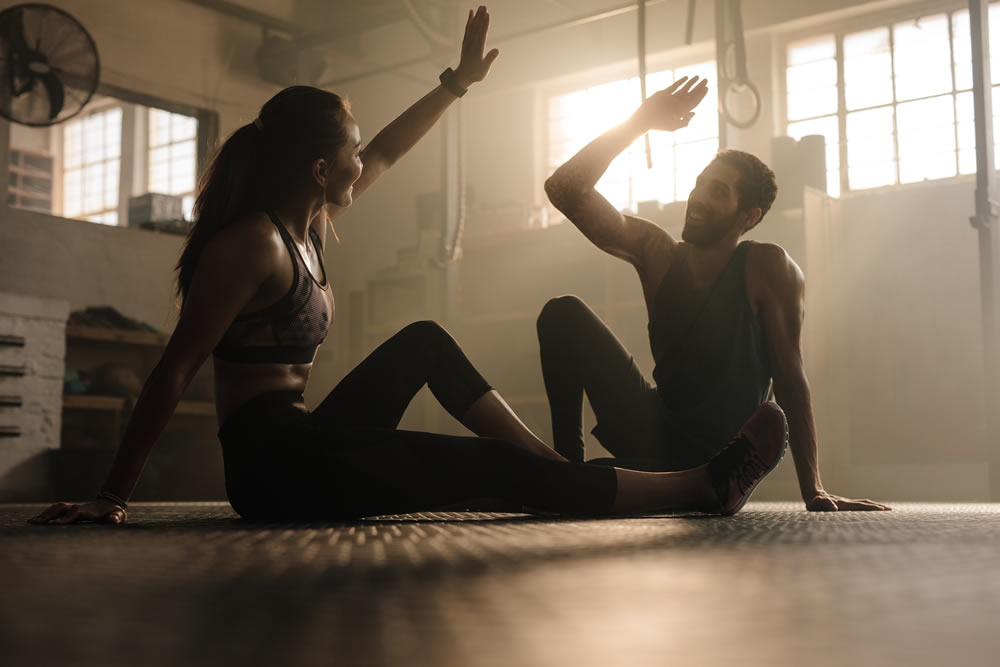
We are all of course aware of the physical benefits that exercise provides us with. It tones up your limbs, strengthens your core, aids in keeping your heart strong, and can add years onto your life. But what about the benefits of exercise on how you feel, your brain development and overall health?

Eat more leafy greens
Leafy greens like spinach and kale are already known to be packed full of essential nutrients like iron, vitamin A, vitamin K and magnesium, but they’re also a rich source of folate, which helps the body to produce feel-good neurotransmitters like serotonin and dopamine.
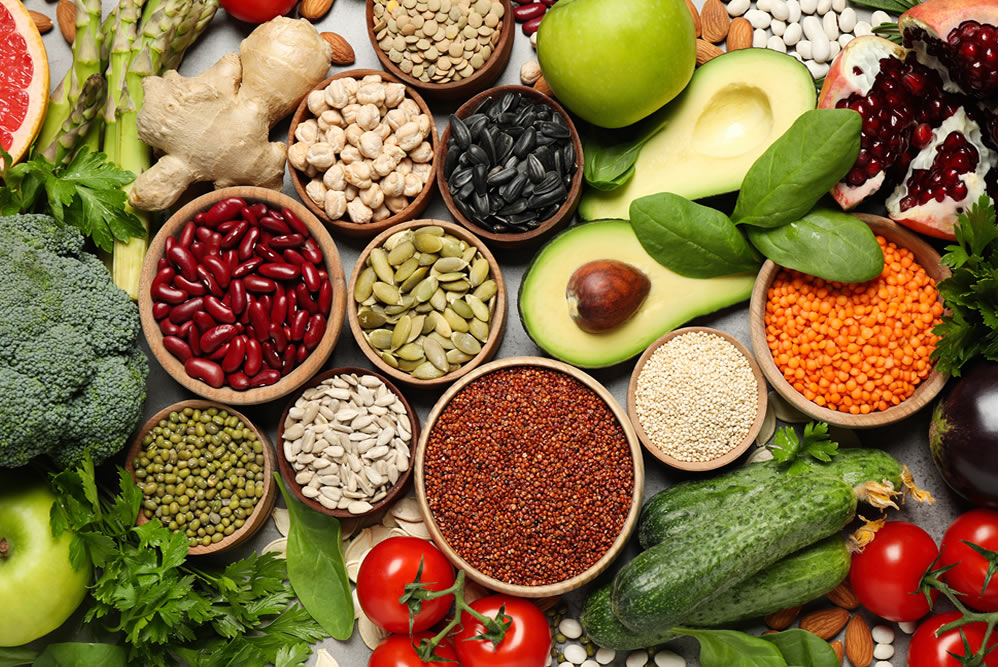
Our bodies need to be fueled correctly in order to function to the best of their ability when working out. Consuming the right foods and fluids before and after you exercise is crucial to get the best out of your exercise.
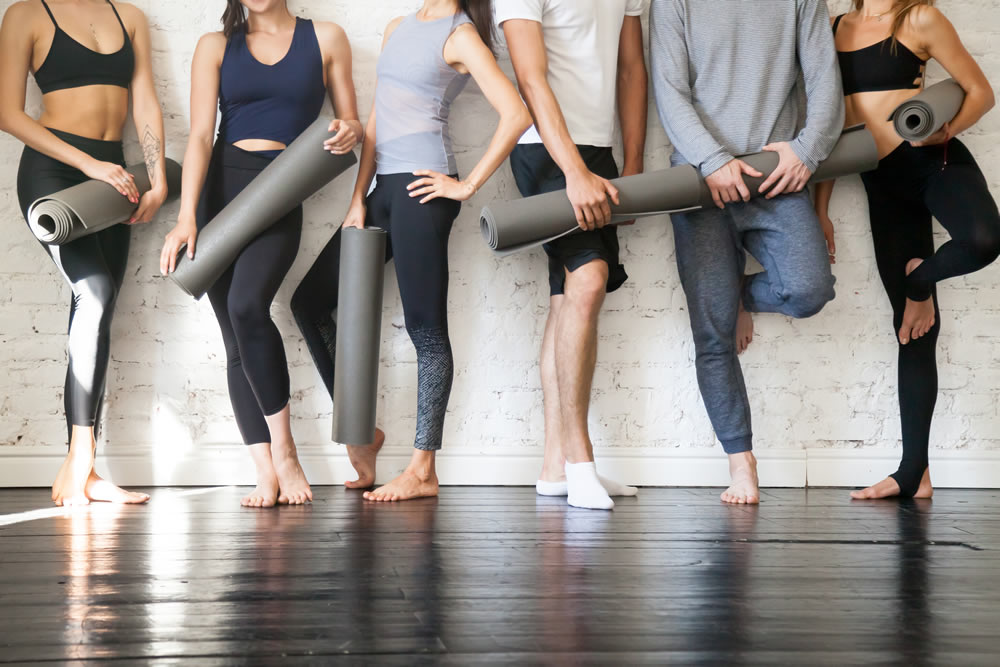
Yoga can reduce cortisol
Cortisol is the body’s primary “stress hormone”. It not only contributes to those familiar, unwelcome feelings of stress and anxiety, it also promotes the breakdown of tissue around the body, including muscle. When cortisol levels are chronically high, you can expect to feel terrible, and struggle immensely trying to gain mass.

Balancing college and finding time for the gym can often be very difficult. Many of you might have part-time work to throw into the mix, making it a whole lot harder to manage it all. With these priorities at hand, we get it, it's easy to let go of looking after your fitness and health. Before you know it, your energy levels are down and you're finding that running isn't as easy as you remember, leaving you to wish there was a way to juggle it all.
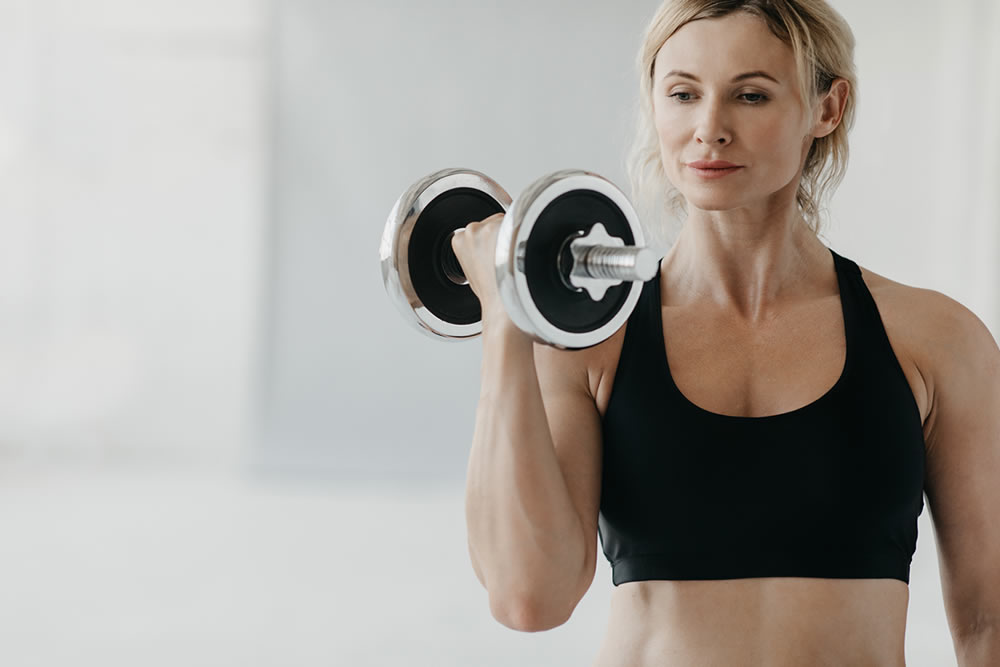
WHAT IS STRENGTH TRAINING?
Strength training is a type of resistance training that involves lifting weights in order to build muscle strength and size.
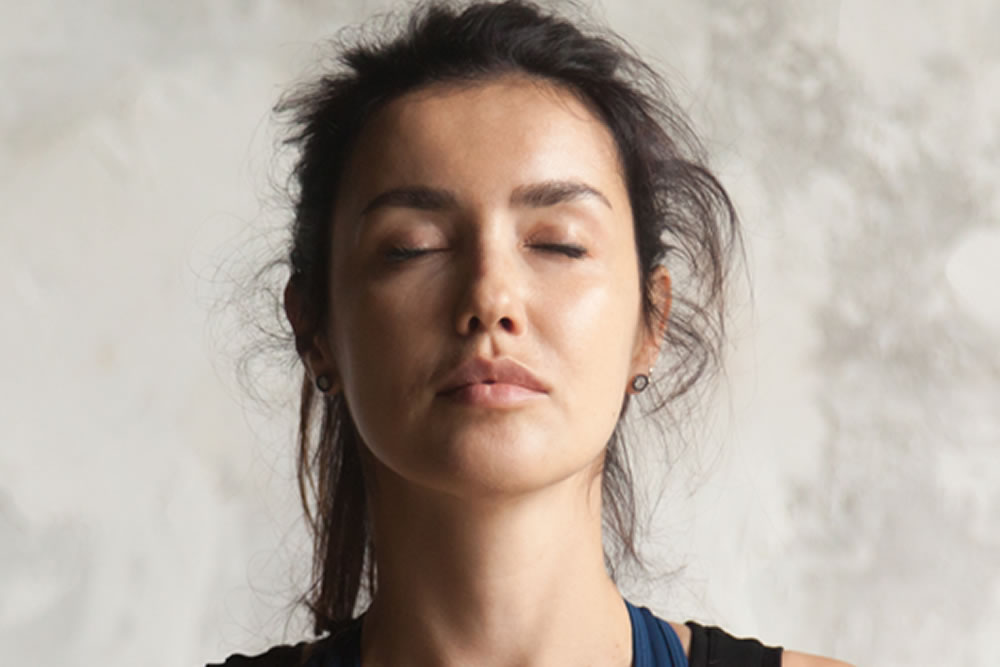
EXERCISE RELEASES HAPPY HORMONES
As you work out, different chemicals get released into your body; one example of these is endorphins, which are produced by the central nervous system. These work with the opiate receptors in the brain to reduce the sensation of pain and provide a boost of positivity and pleasure. This can lead to a feeling of post-workout euphoria that’s a natural and healthy way to feel good.
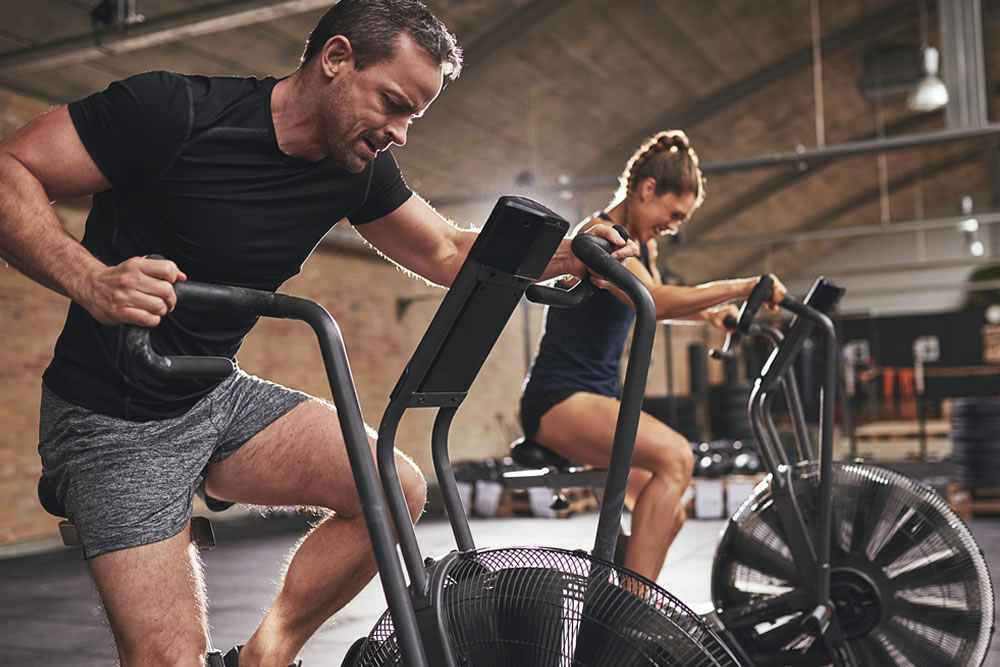
Aside from physical changes, there are major mental benefits to exercising. As we age and become more sedentary, our cogitative ability is negatively affected, so you can start to see things such as mental reasoning, memory and thinking start to decline. By keeping active, you can help ward off some of these symptoms and also alleviate symptoms of depression which is all the reason to get moving, no matter what age you are.

Whether you’re wine tasting in Italy or sampling the local delicacies in France, most holidays involve major food indulgences. There’s almost an unwritten rule that when you’re away from home, there’s a no-holds-barred mindset where all healthy eating habits are thrown out of the window.
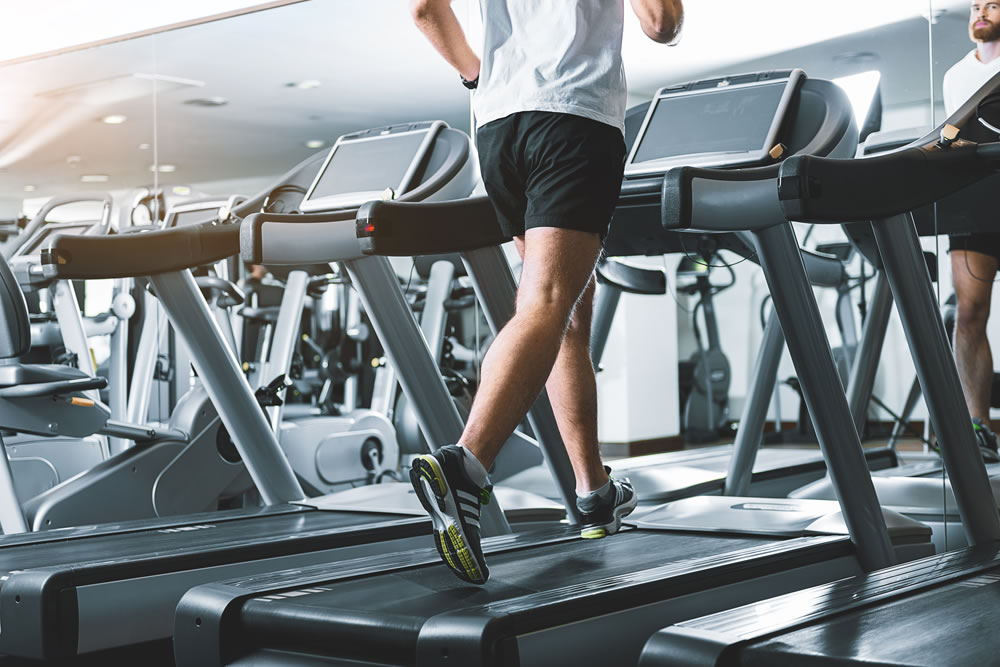
As the days get shorter, the evenings get darker, and the weather gets chillier, heading outside for a jog isn't quite so appealing, is it?!
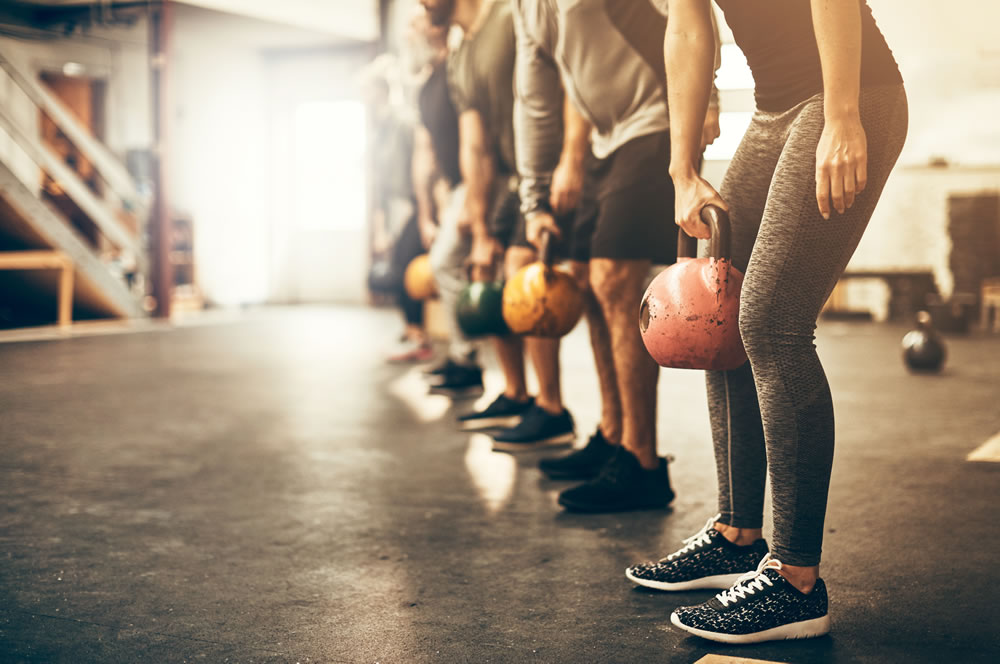
There’s no getting around the fact that for some of us the gym can feel like an intimidating place when you’re first starting out. Our latest research shows that 50% of non-gym members say they find the idea of going to the gym scary, with one in five saying they would find it very scary. But don't worry, because we have found the best ways of overcoming this.
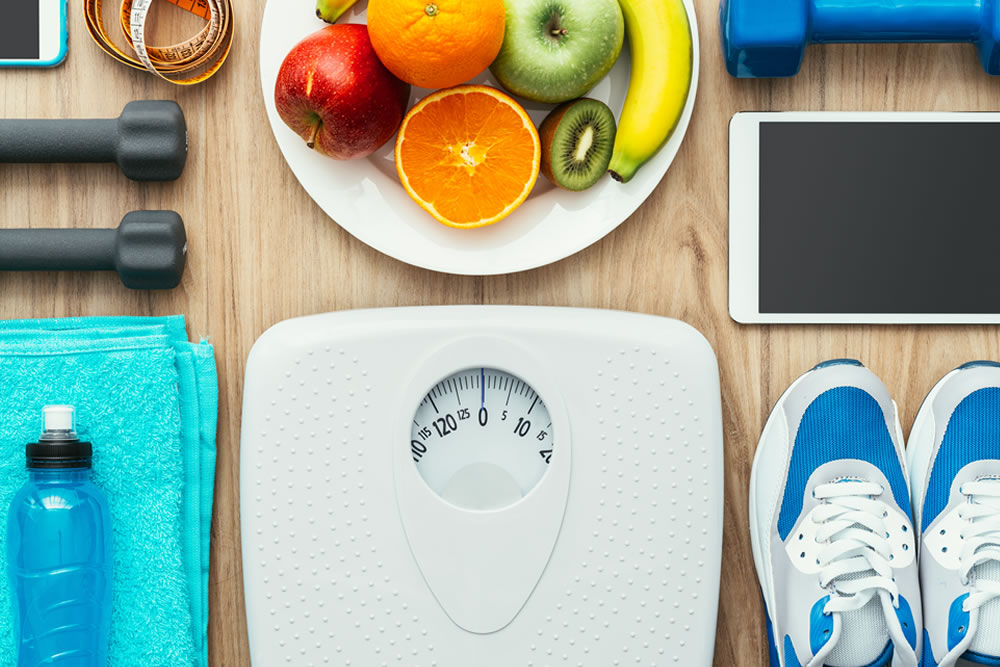
Body composition will change as you age.
The first thing to understand is that weight gain really does seem to be a natural part of the ageing process, with various research confirming the trend. One 2014 cross-sectional study1 of Czech women found, for example, that body fat mass increased with age, and that even when lean body mass (think “muscle”) decreased with age, weight gain still occurred due to the increased fat gain.
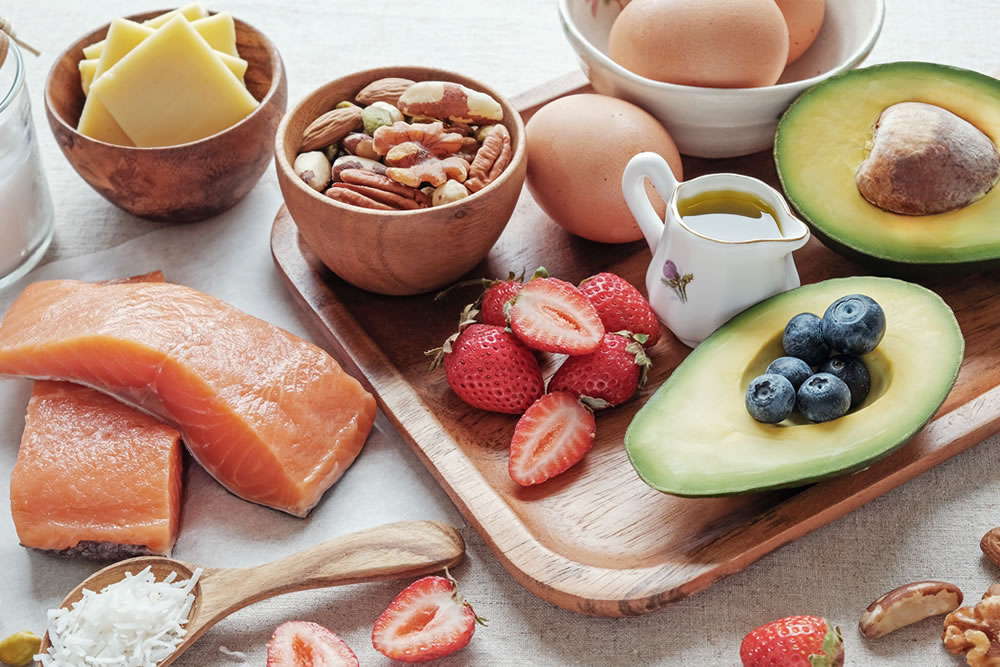
Successful muscle definition isn’t the result of luck or magic, but rather the culmination of hard-work and dedication to training and nutrition. Training alone will not result in muscle definition so it's important to keep your diet in check.
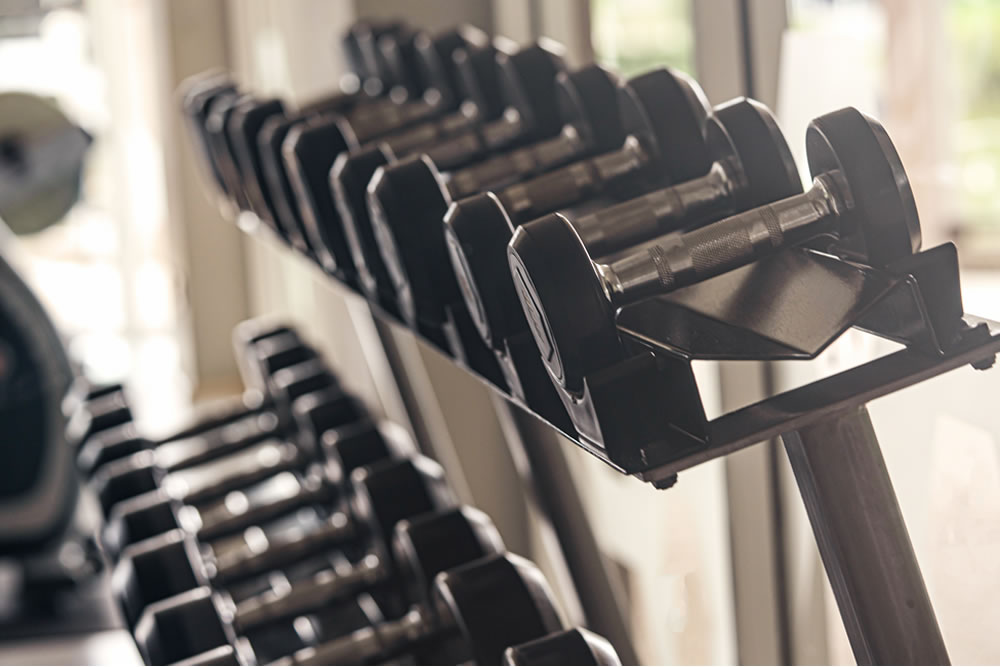
Ready to return to weight training after a long break? Getting back into lifting after a while away from the gym? Here's a guide to help you plan your return to the gym safely and effectively, so you can get your strength and fitness back.
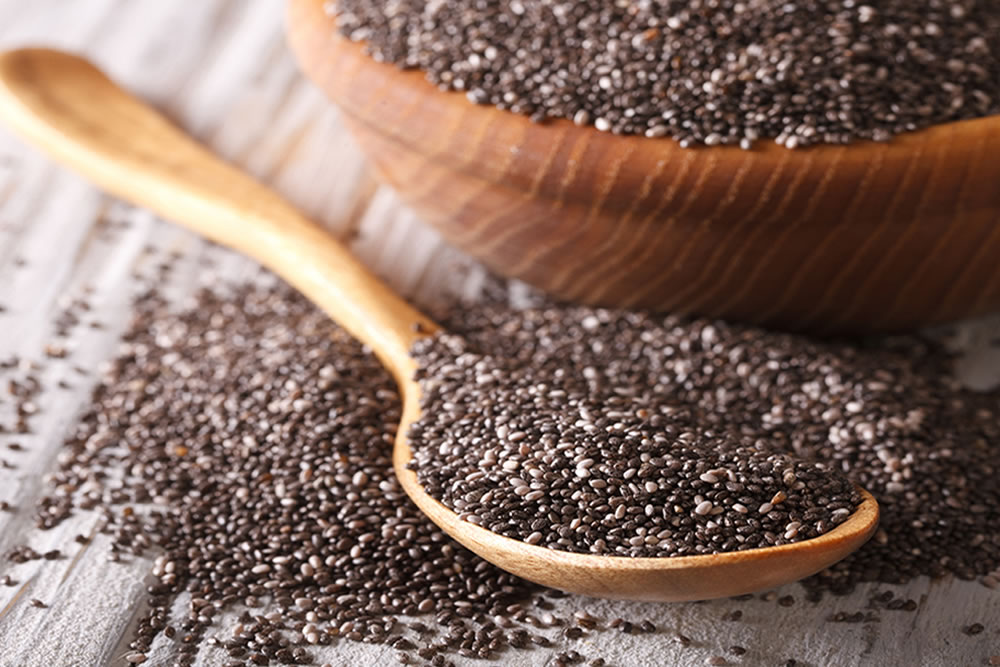
They are high in fibre which improves digestive function and bulks up the stool to make bowels more regular

When we think of exercise we often think of all-out, high intensity running, cycling or sports and aerobics. But it might surprise you to learn that one of the most effective ways to safely condition your body is by practicing Pilates.
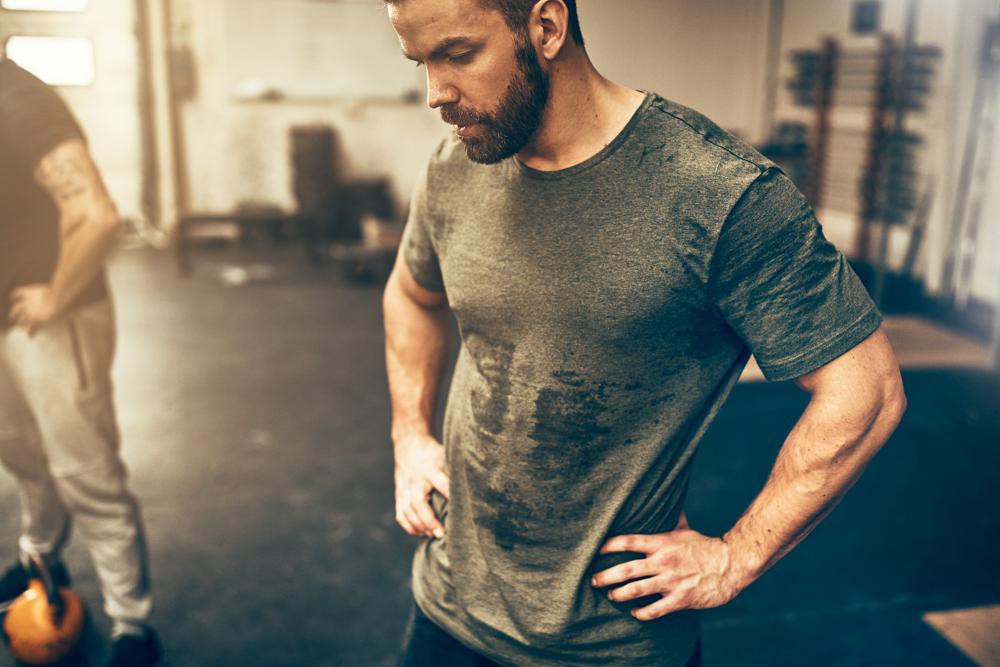
There are many schools of thought when it comes to the term ‘sweat it out’.
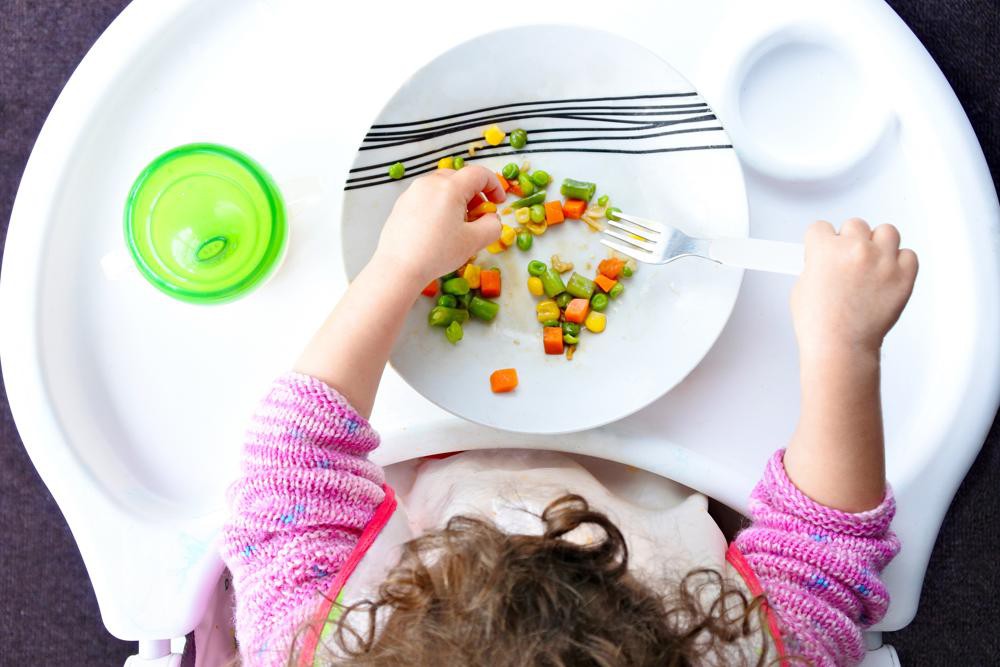
Get on the front foot with your children’s eating habits and start to pave the way. Healthy eating is a skill that must be taught. They’ve got to learn it from us.
If you’re a little bit unsure as to where to start, here are the four ‘P’s for raising healthy kids and toddlers:
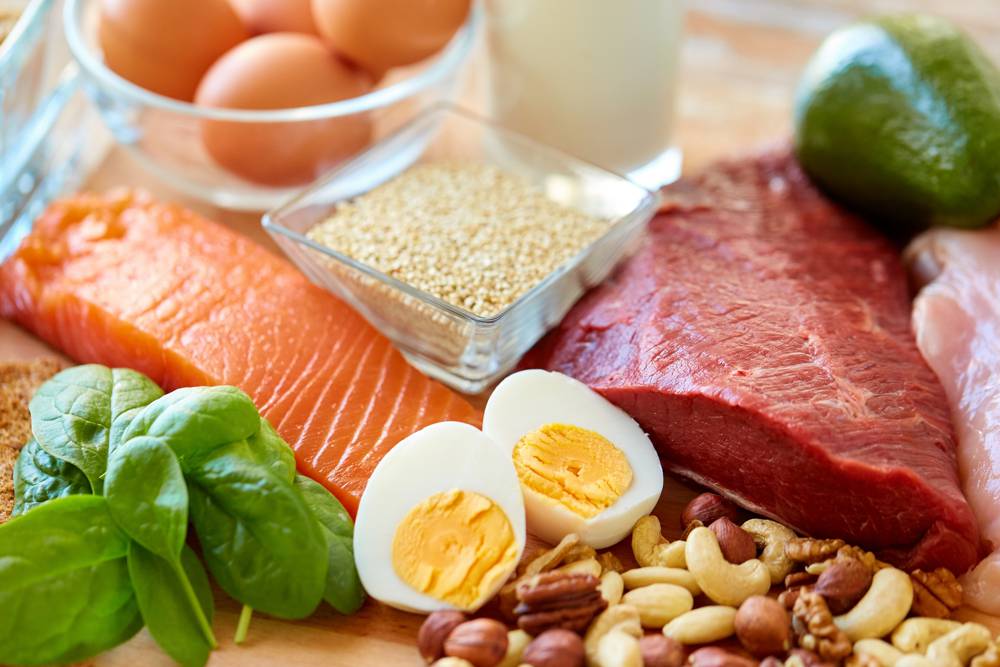
The goal of your post workout “meal” is to replace your glycogen stores and digest some protein to help repair your muscles. This should be done as soon as possible and as shakes are much faster to digest and prepare than whole foods they tend to be the preferred option.

Weight loss can be achieved through gradually reducing the amount of calories you take in or by doing repetitive exercise for any given duration i.e. walking, jogging, running, cycling etc
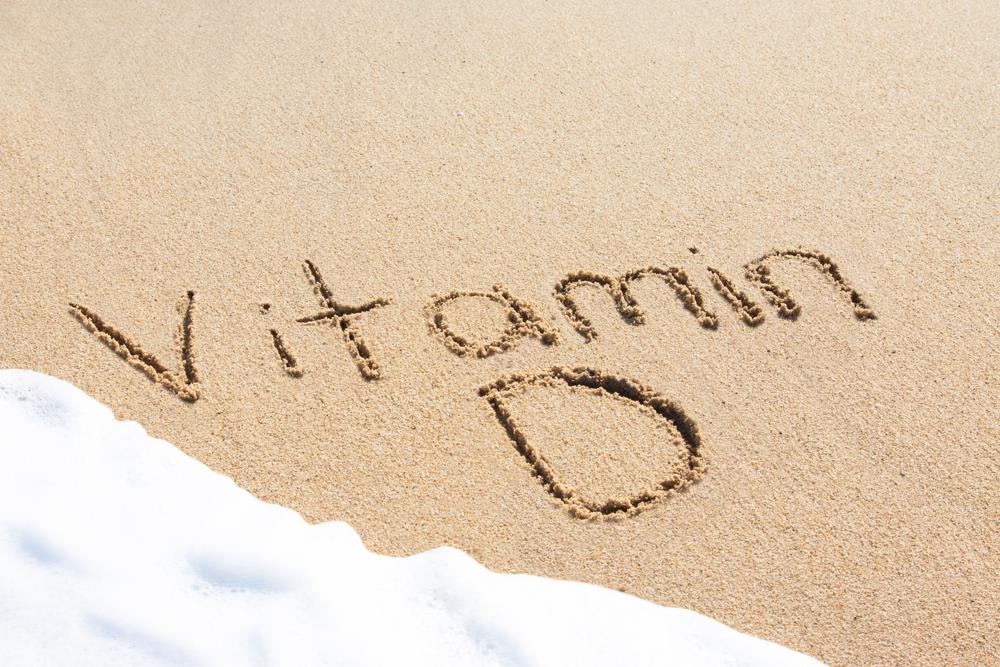
There are three ways to get this much needed vitamin: the sun’s UV rays, food sources and supplements.

1. Create a calm and restful environment
Close down your laptop, put your phone down, turn off the lights and create a space that is calming and ideal for sleeping. Exposure to bright lights and electronics can stimulate your mind before bed which is the opposite of what we want when it’s time to sleep!
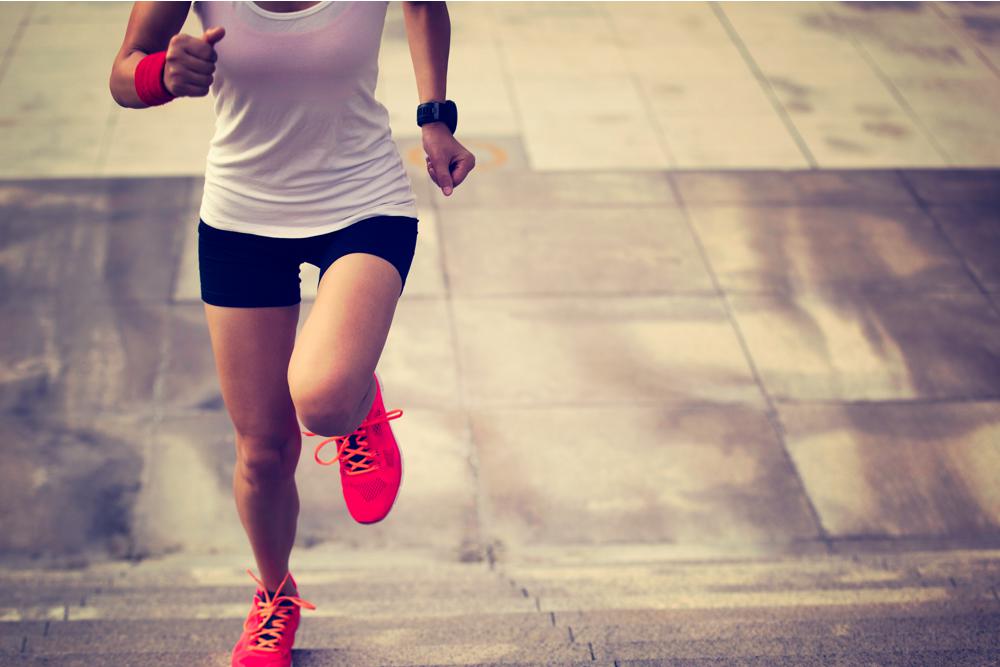
HUNGER HORMONES: GHRELIN AND LEPTIN
Two important hormones that shape our appetite and hunger signals are leptin and ghrelin. Leptin suppresses your appetite. The more body fat you have, the more leptin you produce.

It can range from a mild ache to debilitating pain that may derail your workout efforts. But don’t let this common running conundrum stop you in your tracks. The best treatment is prevention, so here are some simple ways to keep your shins strain free:
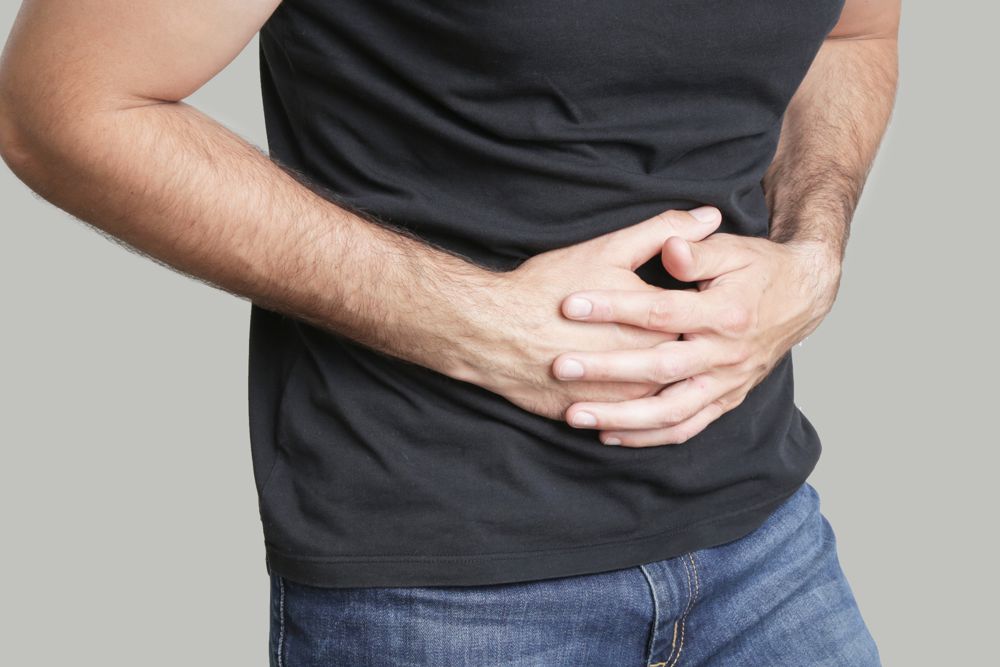
Stay away from Carbonated Drinks
Drinking carbonated drinks such as sparkling water and soft drinks may seem like a treat, but where do you think those tingly bubbles end up? Trapped in your belly. Watch out for sugar-free or low-carb products, too. These beverages still contain artificial sweeteners, such as sorbitol, which can be difficult for many people to digest.
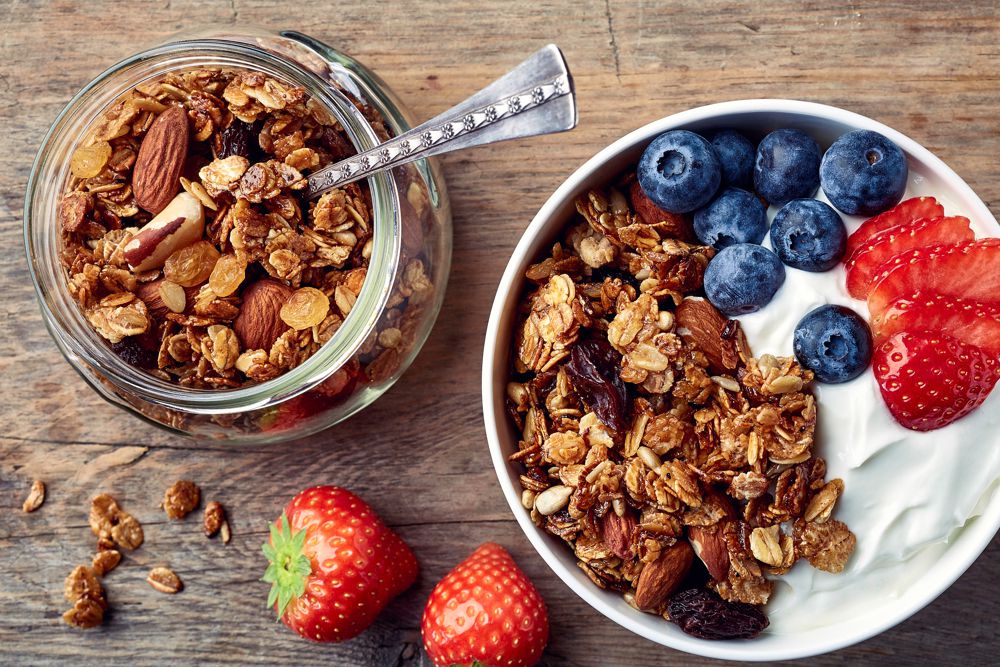
So, how do you keep a spring in your step when your fuel tank is low? Thankfully, nature provides food varieties that serve up big flavor and an even bigger energy hit.
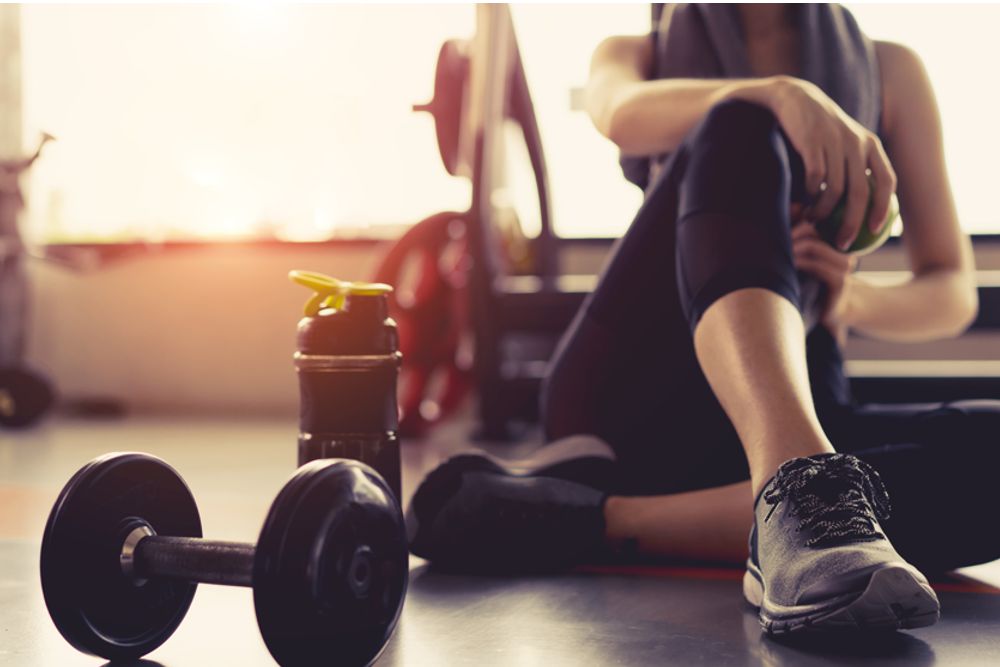
Step 1: Take stock
Change requires an honest assessment of where you’re at. Analyze your eating patterns, physical activity, moods, social network and destructive habits (i.e. smoking, excessive drinking, four coffees/day). Once you identify the things you need to improve, you can start to tackle what realistic action is required to make positive changes.

Luckily, there is a way of preventing dry eyes. But let us get a bit more familiar with the topic.
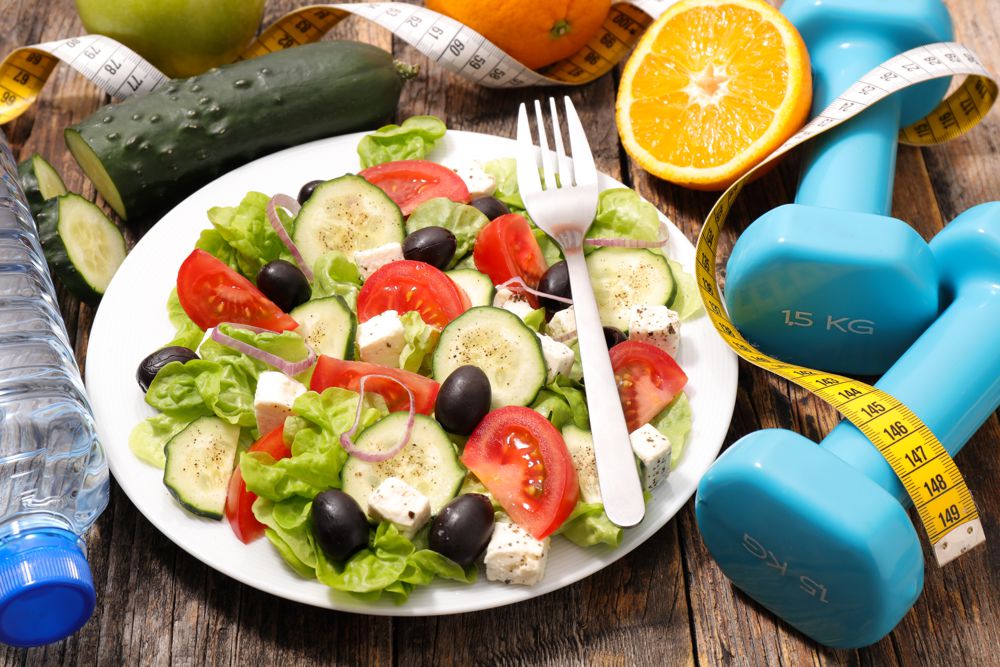
1) “Eating past 7pm is bad for you” – Our body doesn’t store more calories just because it’s later in the day however ideally you should aim to have your last main meal around 2-3 hours before bedtime to avoid indigestion. Eating late at night isn’t problematic if you truly are hungry or have just come in late from work etc. however it may be problematic if you are snacking on high fat/sugar foods out of boredom and subsequently eating too many calories over the course of the day.
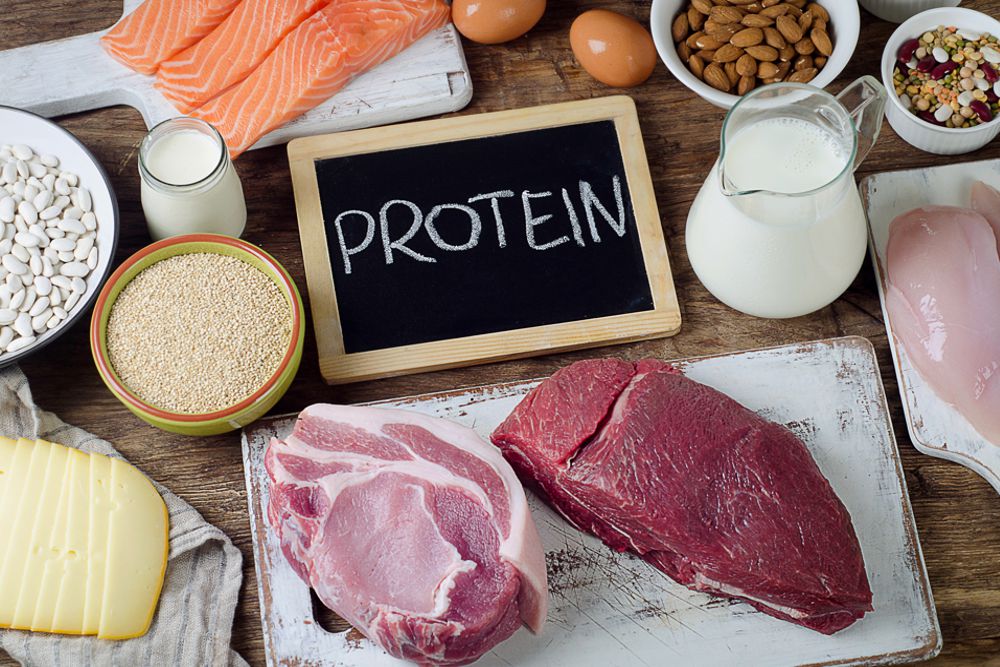
Often people think of protein as a means for “bulking up” at the gym – but in fact, protein is so much more. Did you know that protein is a component of every single cell in your body, and is used to build and repair bones and tissue?
So it’s safe to say – sourcing adequate protein is pretty important!
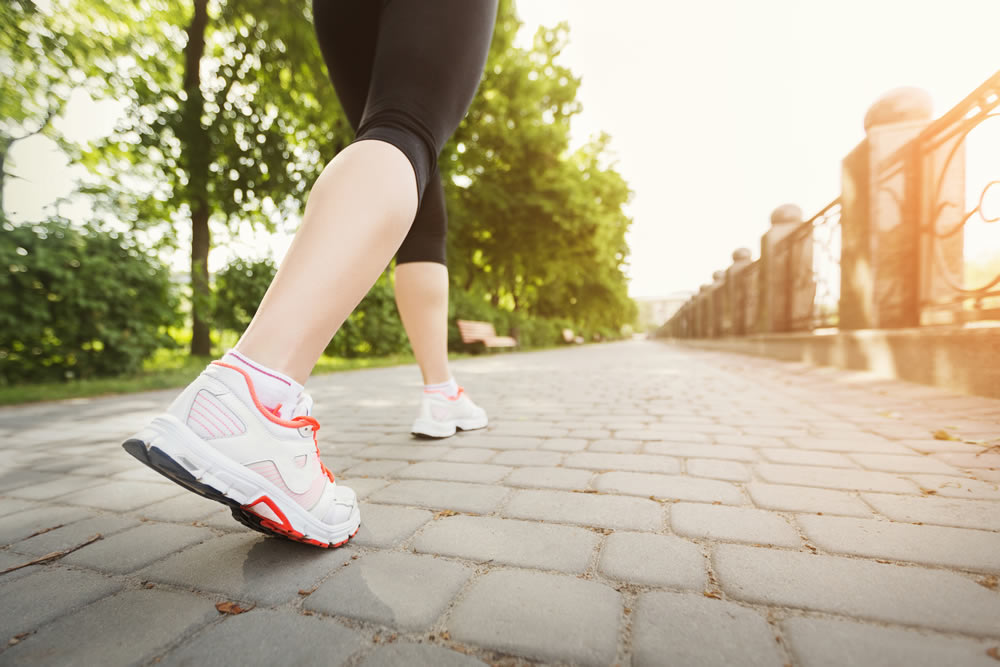
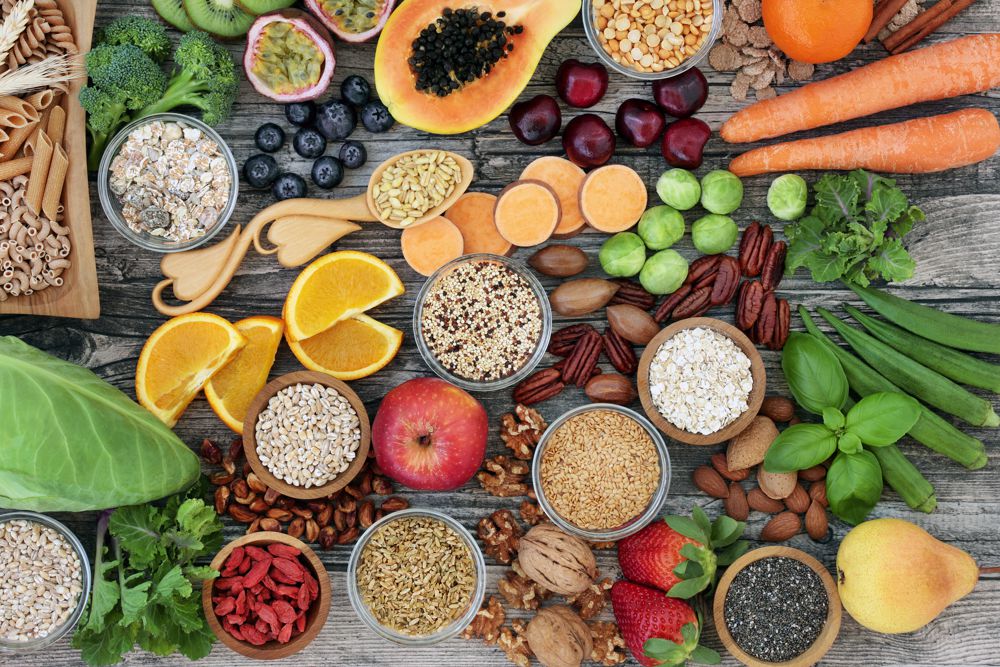
Luckily we've uncovered 5 of the healthiest ingredients that you probably haven't used yet!
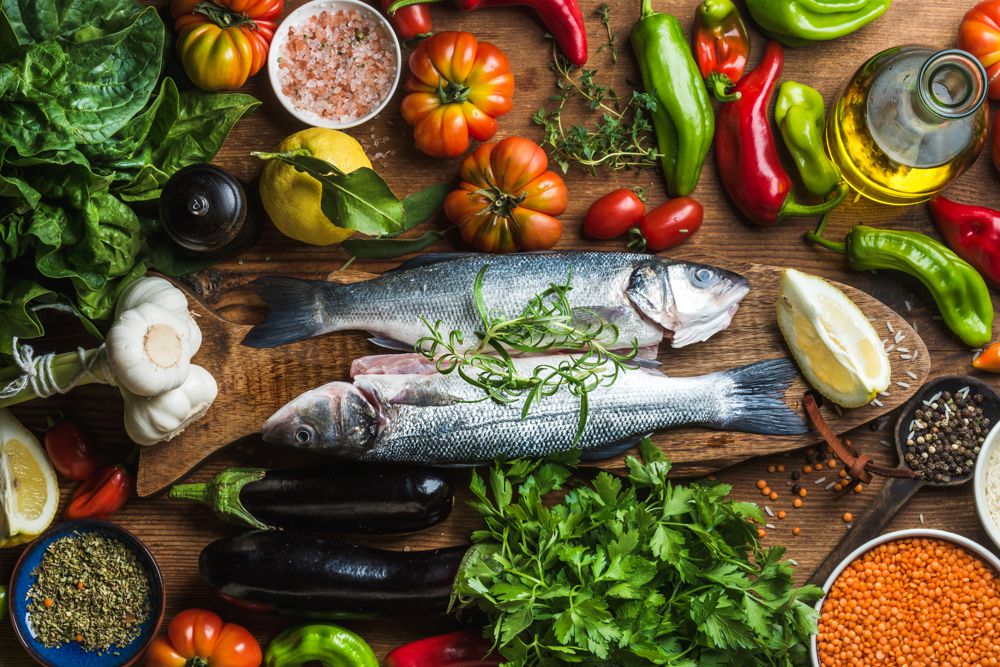
WHAT IS THE MEDITERRANEAN DIET?
Thanks to dense coastlines and rich soils, the islands caressing the Mediterranean Sea serve up diets full of nuts, veggies and legumes, and olive oils. Traditionally a peasant-style diet, it’s largely plant-based, with little meat, and next to no hyper-processed foods. However, it is relatively high in fat – meaning if the Mediterranean diet is as healthy as research shows, fat is not the enemy commonly thought of in Western diets.

If you’ve ever set a big goal, you know that your excitement and enthusiasm are high and you can’t wait to get started. But over time, motivation naturally starts to decrease and day-to-day life becomes a distraction. But that’s no reason not to set goals in the first place. You just have to change your strategy.
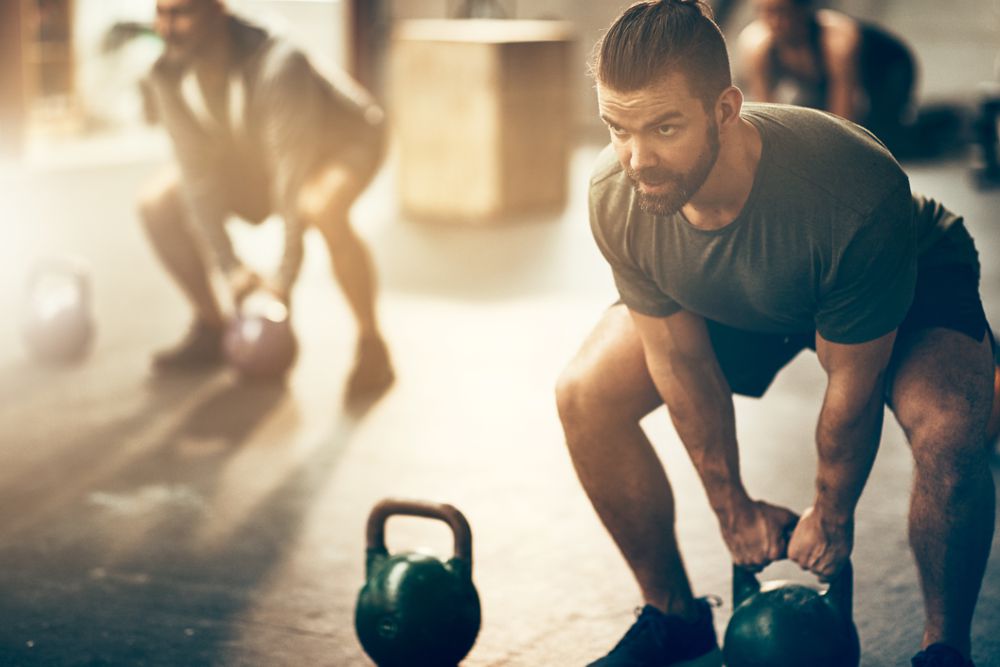
The endorphin rush that comes with a workout, the accomplishment in improving strength or dropping a few kilos is hard to beat. It is motivating and inspiring and is often the driving force that keeps us going back for more.
For most, this healthy habit is something that enhances our quality of life, but for a subset of the population it becomes more sinister.

1. Carbohydrates
Eating carbs increases the level of tryptophan in your blood, which the body converts into serotonin – a sleep-inducing brain chemical that slows nerve impulses and promotes calm. While more research is needed, sleep researchers generally agree that including a carbohydrate, particularly slow-burning carbs (beans, pasta, quinoa, sweet potato) to your evening meal will help you sleep more soundly.
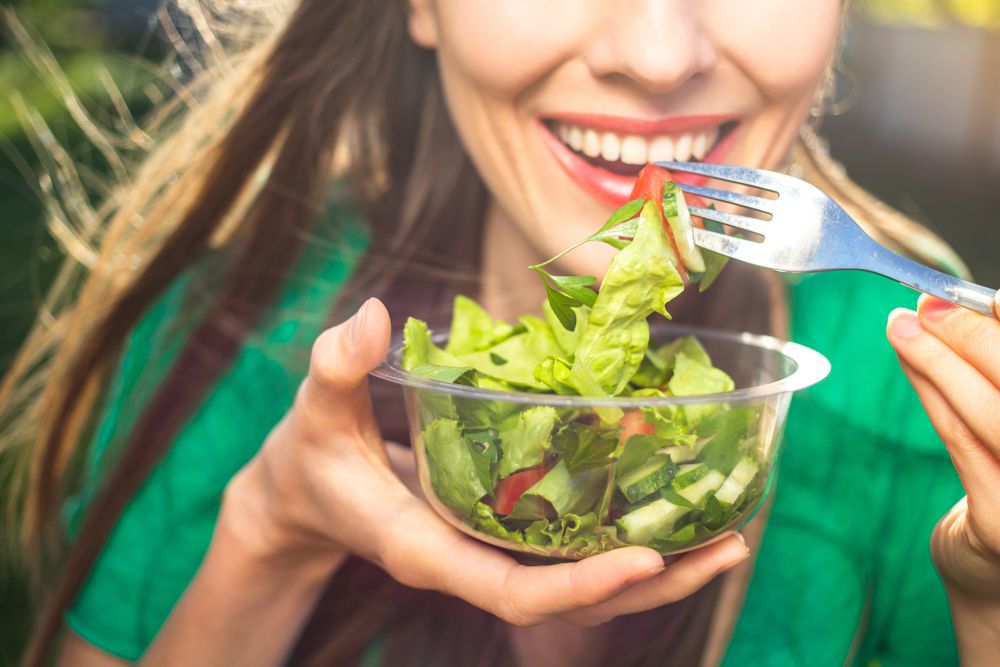
Vitamin A is a potent antioxidant necessary for collagen and keratin production – a type of protein responsible for skin strength and smooth, plump appearance (not quite the same as what you find in fancy skin creams. Be sure to include lots of sweet potato, carrots, dark leafy greens, pumpkin, capsicum, mangoes and broccoli in your diet.
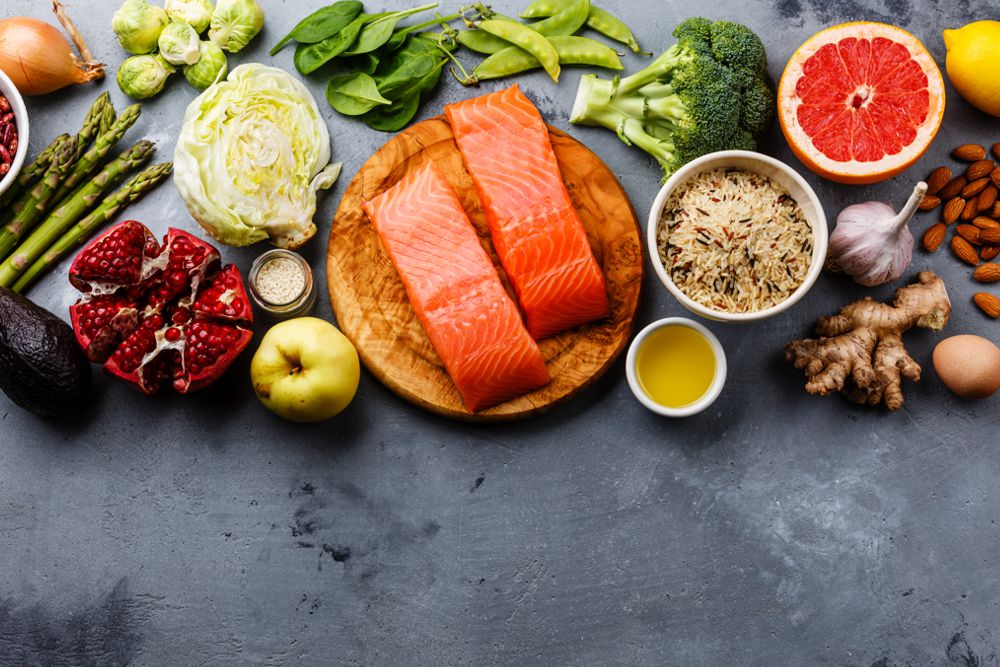
Everyone can eat a bit healthier with a few tweaks to their diet – here are some basic rules and cooking tips to point you into the right direction.

My general compromise for a person without these conditions is: 1 good quality coffee per day. What do I mean by good quality coffee? Coffee made by running water through ground coffee beans with an espresso machine, plunger etc. Instant coffee is not OK as it is high in a chemical called acrylamide which has been shown to cause nerve damage and some research suggests that it is carcinogenic (cancer causing).
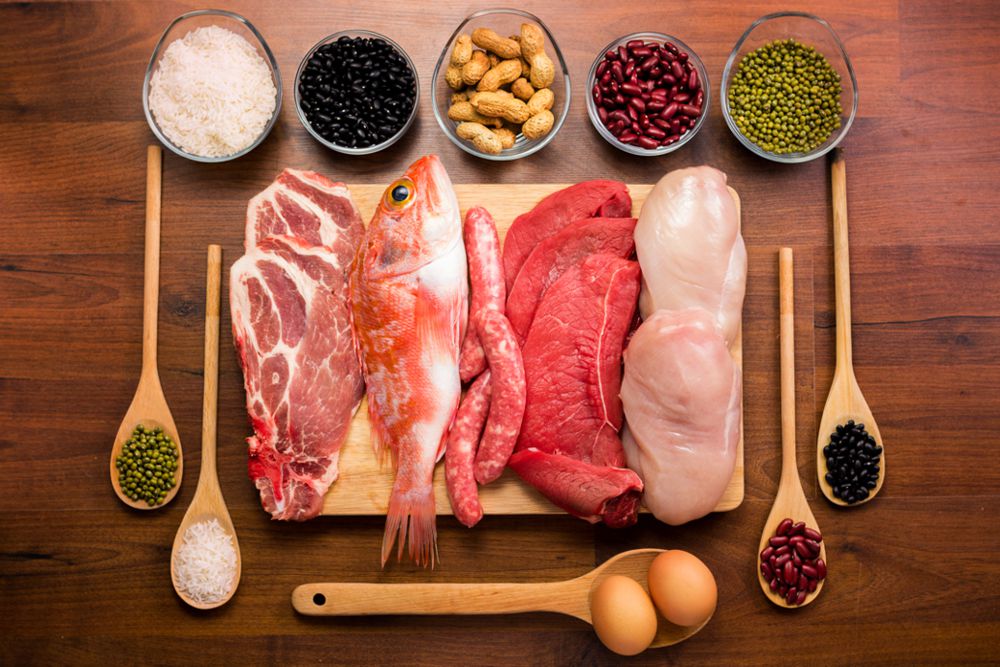
Red meat
Whether you want to strip body fat, or build lean muscle, eating red meat helps by keeping you fuller for longer and curbing hunger cravings.
A powerful source of energy and nutrients – such as vitamin B2, iron and zinc, red meat also helps the functioning of bones and muscles. When selecting your meat look out for fresh, lean cuts which have a vibrant red color, and opt for grass-fed beef, which has higher levels of omega-3 fats.
Enjoy red meat twice a week, and chicken, fish or vegetable sources of protein on other days.

When we are stressed, or experience stress there are changes in the brain and in the whole body. We experience the ‘stress response’ or ‘fight-flight’ response. When we are in danger or feel threatened our body gets ready and geared up to face up to it in the best possible way to survive. Our heart rate increases, muscles become tense, stress hormones are released and flood into the nervous system, fats and sugars release to create instant energy, the digestive system shuts down to save energy and the area of the brain which is used for clear decision making shuts down.
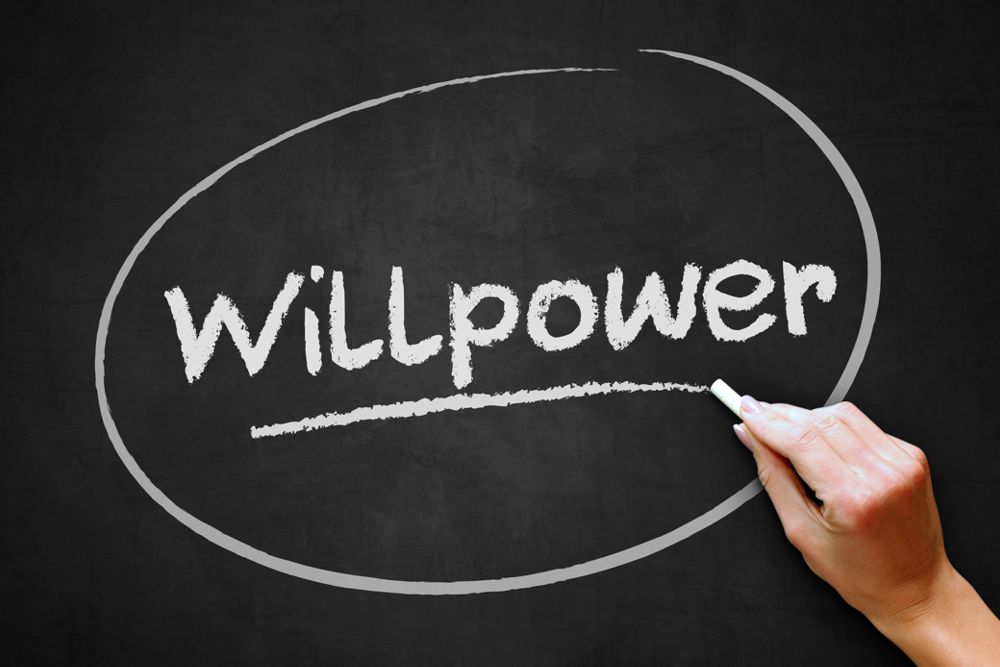
1. Willpower is a mind-body response
You may have heard the mantra ‘tell your mind what to do and your body will follow.’ It seems logical that willpower works simply through your mindset, however, it’s actually a full-blown mind-body response. This mind-body response triggers a ‘pause and plan’ effect, which puts your body into a calmer state, unlike the adrenaline rush of stress, which depletes your willpower reserves and leads to poor decision making. The result is the difference between reaching for that chocolate bar or taking a deep breath and making a cup of tea instead.
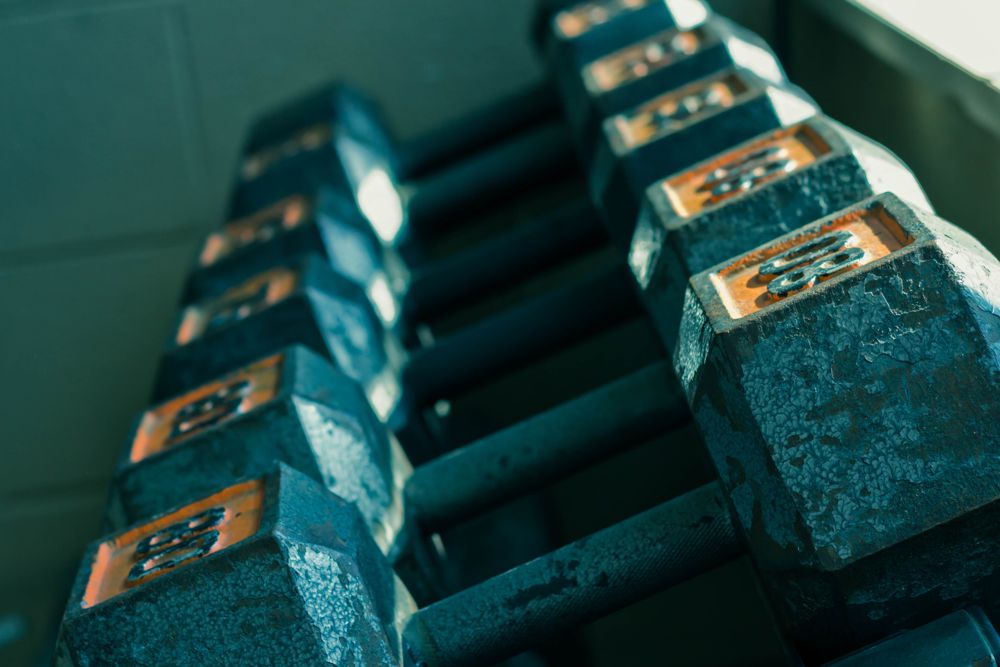
Here are some examples:
Playing with your kids and grand children
As we get older, many of us complain of stiff joints, immobility and tight muscles - not to mention just a lack of general cardiovascular fitness. All of these things create a barrier when it comes to carrying out our daily chores and activities, but we get by. We adapt, we figure out ways of making things easier. We take the elevator instead of the stairs, we park closer to the supermarket and we store things where they’re easily accessible.

Sleep
Alcohol may help you fall asleep quickly, but the quality of your sleep may not be so good. Those who drink close to bedtime don’t get enough rapid eye movement (REM) sleep where important processes of dreaming and restoration occur. This lack of sleep impairs muscle recovery and reduces energy, meaning your workouts the next day will suffer.
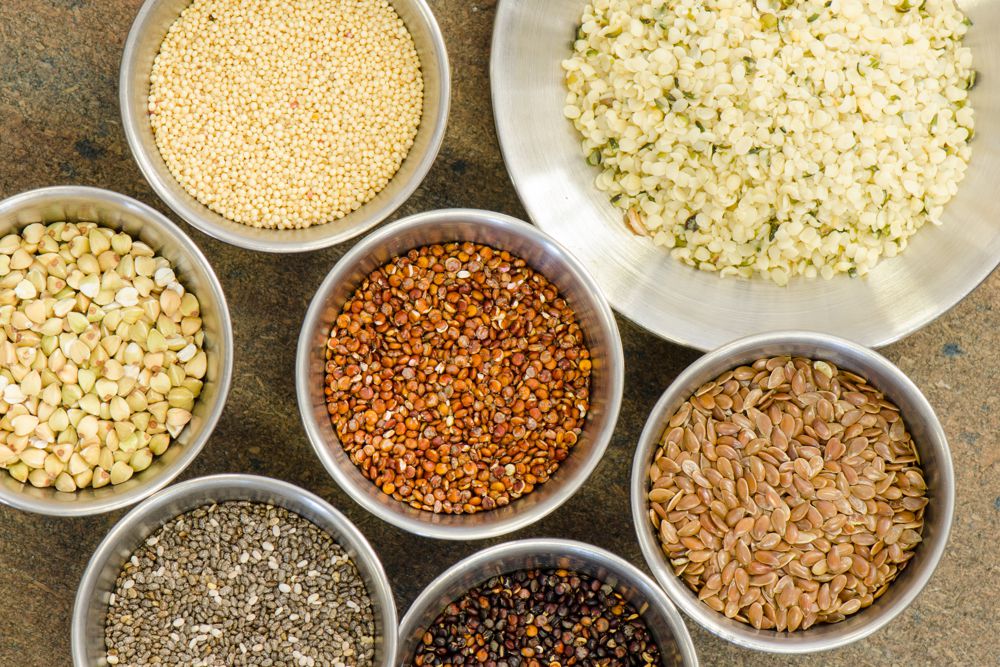
Modern wheat has been subjected to selective breeding over thousands of years, stripping it of many nutrients, but untouched ancient grains boast a far richer nutritional profile. Higher in protein and lower in gluten, they’re an excellent source of dietary fiber, which not only give you a “full” feeling, but are necessary for digestive health.
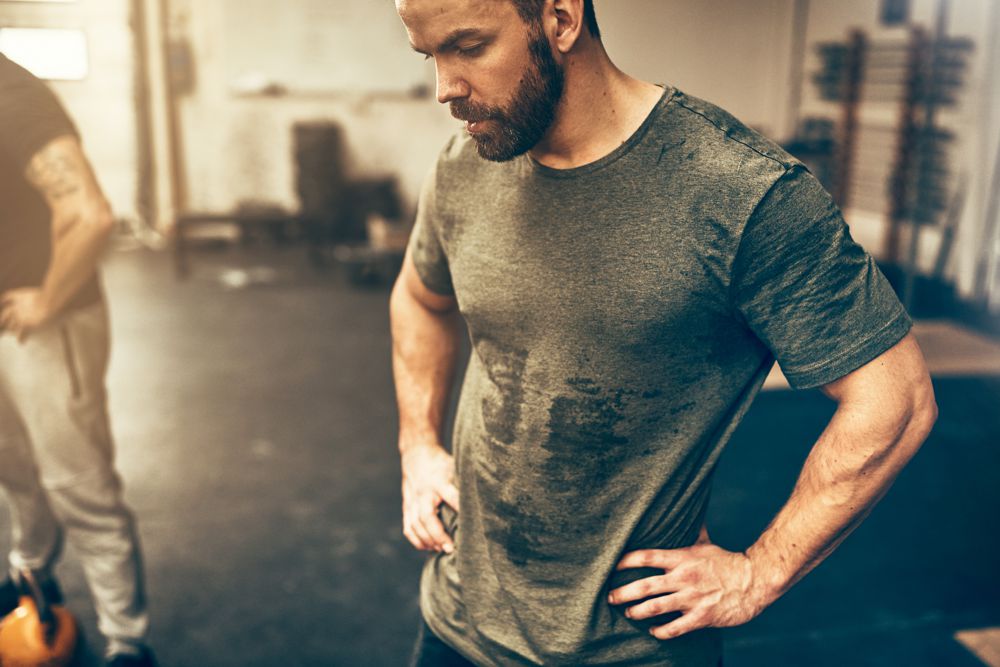
Here are six things you should never do before hitting the gym.
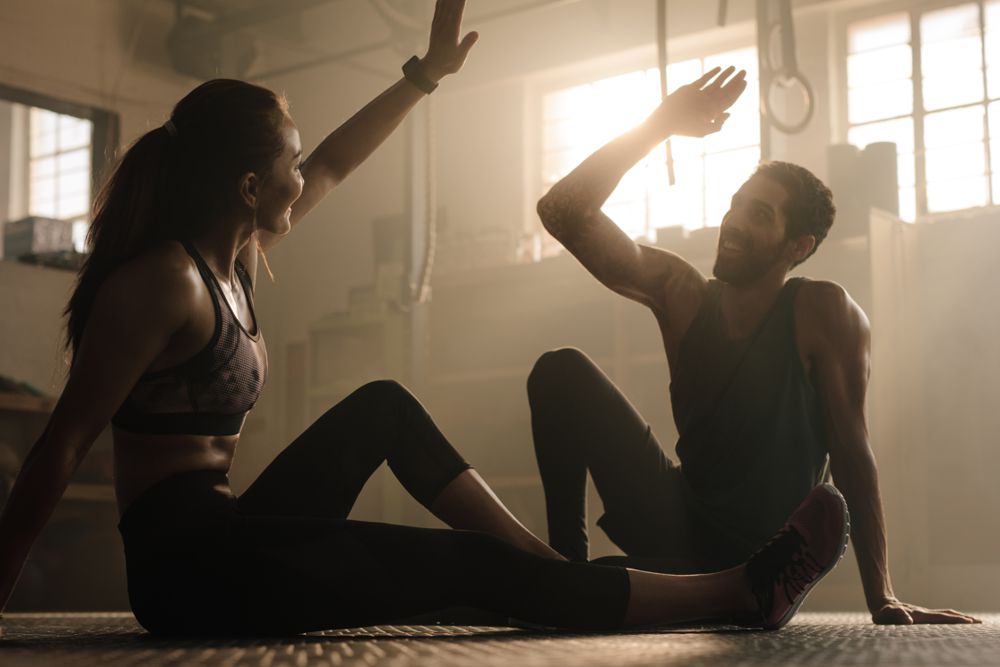
To Burn Calories- Standing
According to studies standing at a desk increases calorie burn by 20 percent compared to sitting. Why? When we sit, our muscles are not engaged, our digestive system slows and blood circulation is gradual. So if you find yourself chained to the desk most of the time, stand up every 20 minutes and go to the printer, get a drink of water, take a stretch or pace while talking on the phone.
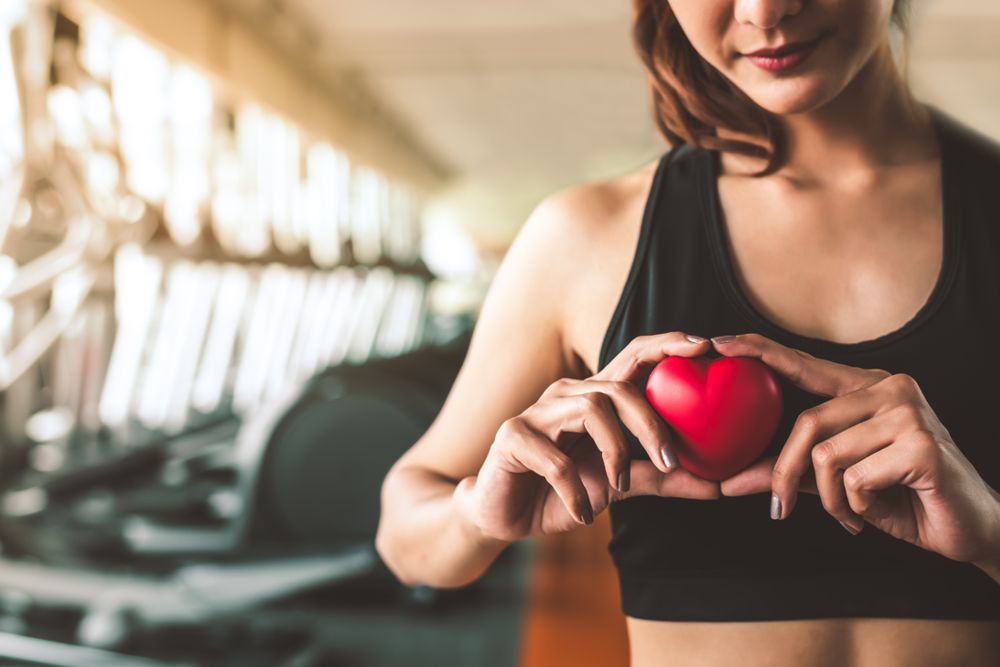
KNOW YOUR RISK?
Women of all ages should take heart disease seriously. Those under the age of 65, and especially those with a family history of heart disease, need to pay close attention to the risk factors. Smoking is another contributing risk for heart disease more so in women than in men, so either quit or don’t start this unhealthy habit.
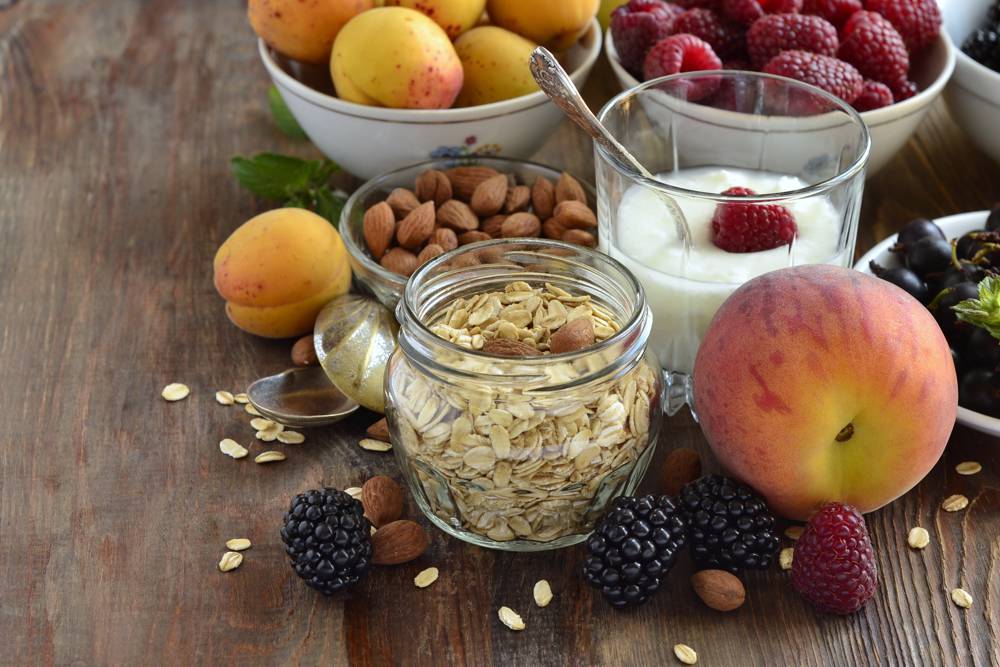
Staying slim, toned and vibrant for life is something we all want. And the key to getting it is to train your metabolism to perform at its best. Your metabolic system is not only responsible for burning fat and building lean tissue, it’s also involved in hormone function, recovery, sweat, sleep, regeneration.
So how do you get your best metabolism ever? Imagine you were trying to train a puppy. The most effective approach is to keep repeating the same messages, day in, day out. The best kind of information over and over until things click into place.
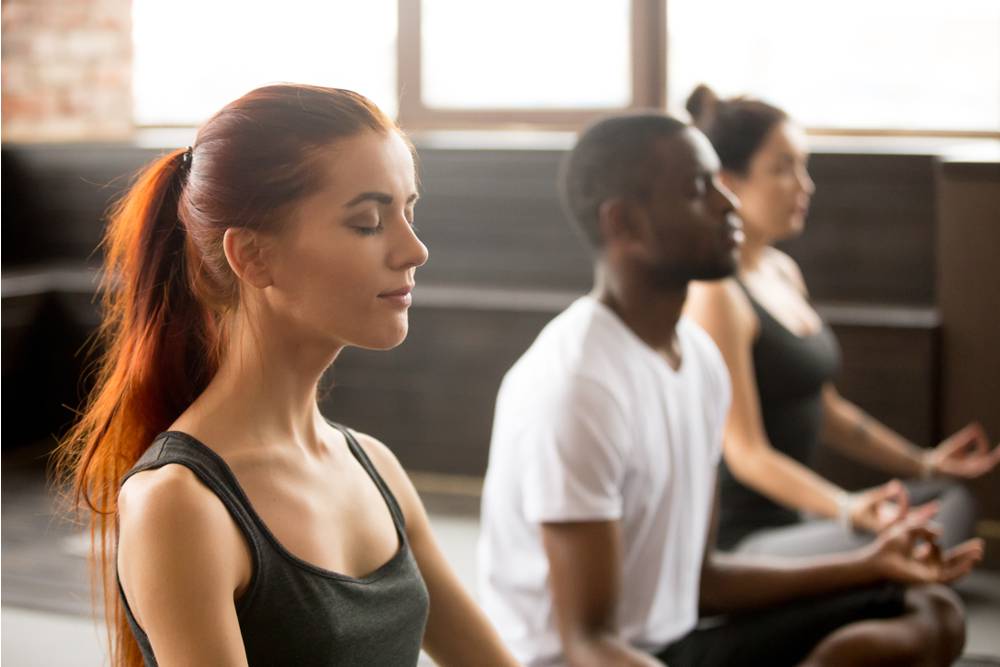
Considering how crucial it is to our survival, we spend very little time thinking about the way we breathe. In fact, most of us generally only think about our breath when we’re short of it. But it’s a subject that could do with a little more attention. If we breathe the way our bodies were designed to, we can unlock real and lasting benefits for our workouts and our health.

For an ideal sleep you need to go through several stages. Two of these phases are particularly important: Deep sleep is the most restorative stage of sleep when the body repairs itself, and studies suggest the most damaging effects of sleep deprivation are from inadequate deep sleep.
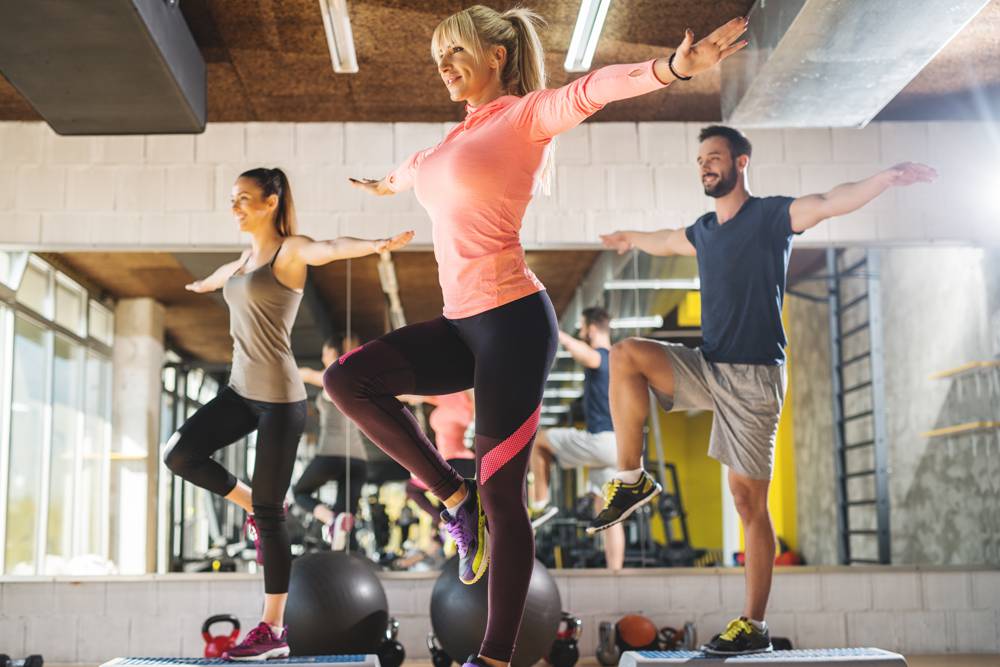
While usually overlooked, good balance is an important factor for your overall health and injury prevention. Poor balance can lead to falls and injury, especially for older people. By developing greater balance, you’ll improve your coordination and postural stability.
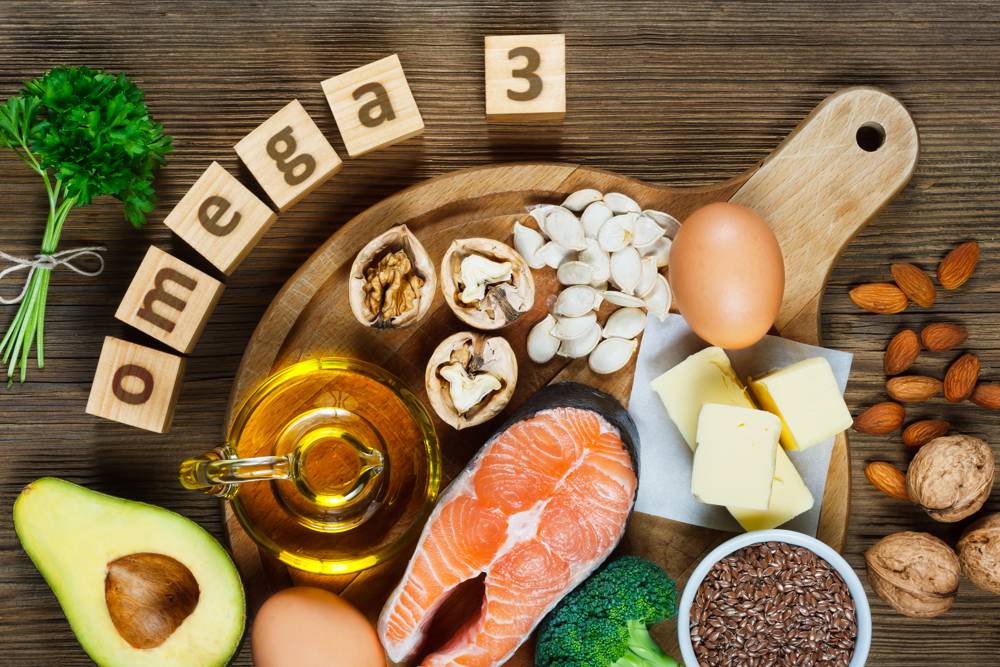
It is true to say that all fats are not created equal. In fact, fats such as cholesterol, saturated fats and trans fats are detrimental to one’s health when ingested in large quantities. Conversely, omega 3 fatty acids are one type of fat that possess countless health benefits.
Omega 3s have been shown to improve heart rate, cut the risk of blood clots, decrease plaque in arteries, reduce inflammation, lower blood pressure and boost good cholesterol (HDL).
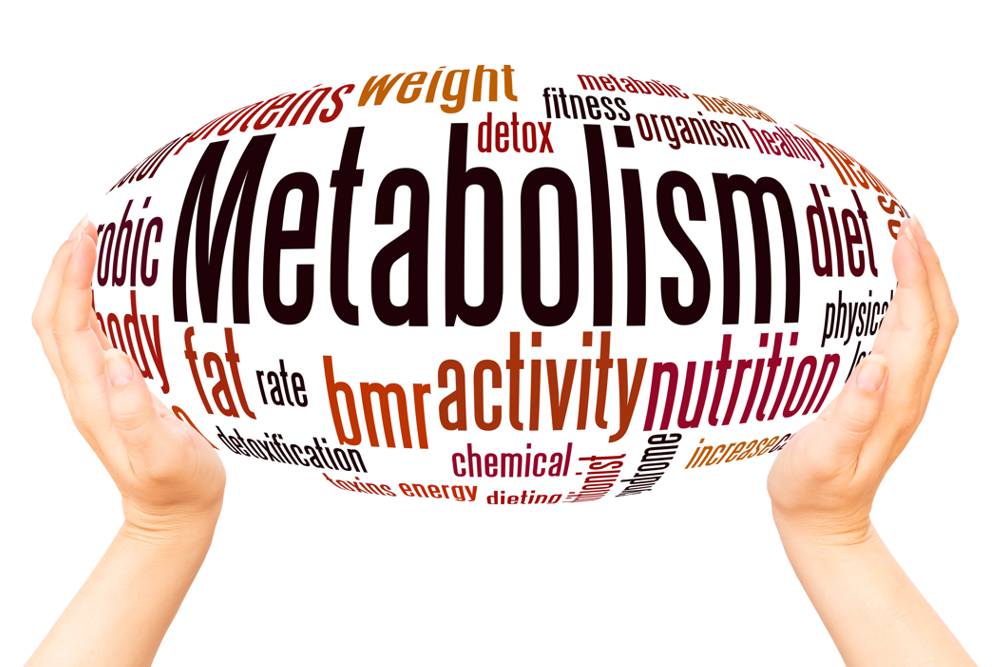
Whether it’s your heart beating, nerves communicating or muscles pumping – your metabolism works 24/7 and is the source of your energy. To carry out these bodily functions, we require energy that ultimately comes from our food. Metabolic rate is affected by many factors, including our age, weight and genetics.
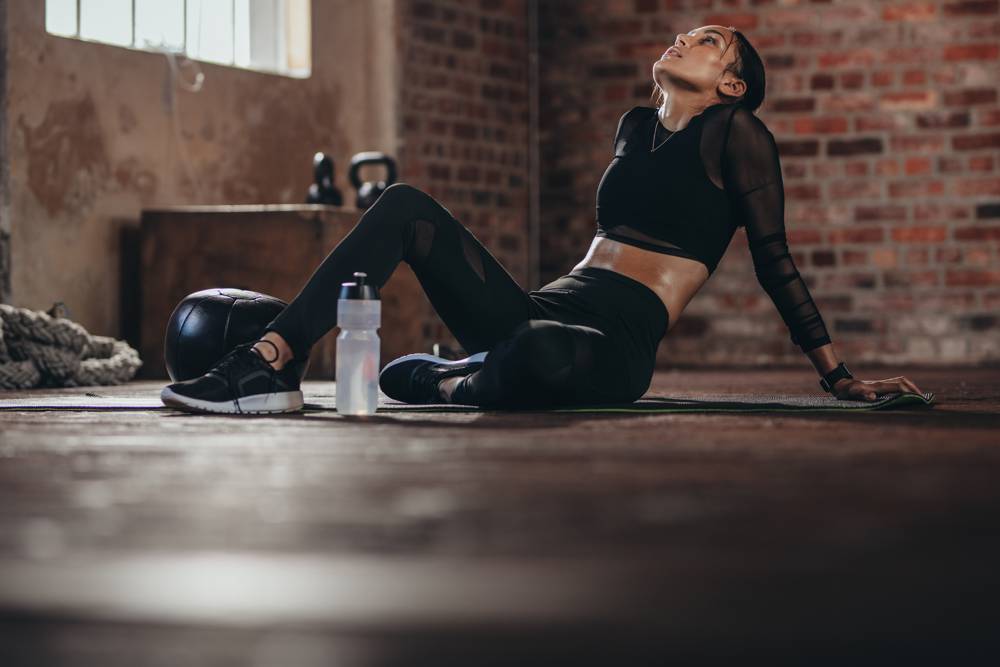
Believe it or not, exercise can be unhealthy if overdone. It’s known as overtraining.
When we exercise, we push our body, and this is normal. The exertion stimulates our muscles and cardiovascular system, which makes us fitter. But when we increase the frequency of our training, or up the intensity level, our bodies struggle to recover which can bring progress to a standstill, or even send it backwards.
Everyone is different so there’s no exact formula for how much exercise is the right amount. How quickly your body recovers is affected by experience, intensity, how often you train, nutrition, sleep and other lifestyle factors. But there are a few tell-tale signs it might be time to pull it back a little.

Getting fit isn’t just about bigger muscles, it also helps build brain cells. Here are five reasons why exercise makes you smarter, sharper and more productive.
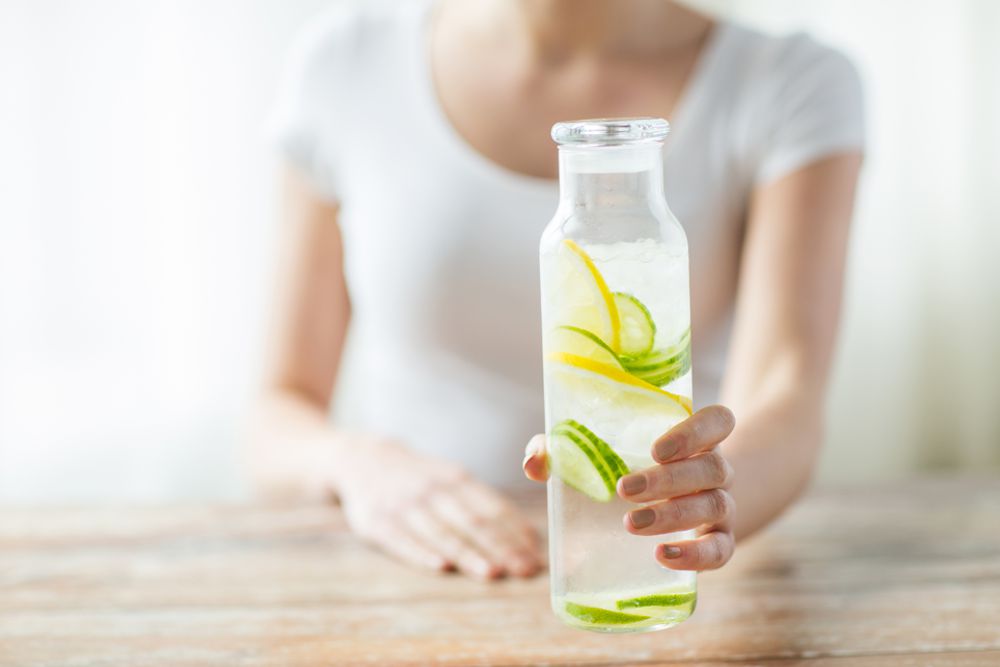
Keep a bottle of water with you during the day:
While it might seem obvious, always carrying a water bottle with you will encourage you to keep sipping on water throughout the day. Keep a bottle on your desk at work, in your car or in your gym bag and you’ll have one with you wherever you go.

Including foods with protein in every meal and snack is essential for weight and fat loss. Protein containing foods help to make you feel fuller for longer period of time, preventing blood sugar spikes and dips.

Sometimes it’s all too easy to put health and fitness into the ‘goals to be achieved’ bucket and revisit at a time in your life when it feels like more of a priority.
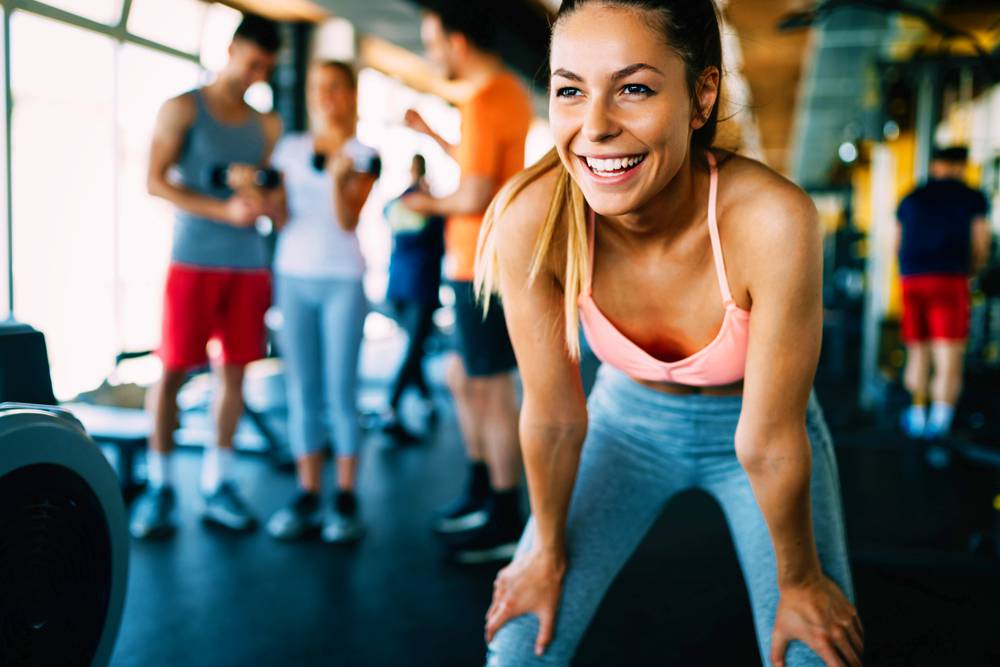
When it comes to breaking a sweat, many people focus on bigger biceps and a trim waistline, but for some, that’s not enough motivation to get moving. Indeed, the phrase ‘exercise is medicine‘ is becoming increasingly recognized as a fundamental form of treatment for various lifestyle related diseases, including depression, diabetes, heart disease, asthma, some cancers, and hip fractures. Here are a few unexpected benefits of exercise that happen when you're active.

Yoga, an ancient practice and meditation, has become increasingly popular in today’s busy society. With many forms of exercise and training coming and going, yoga is one that has stood the test of time, having been around for more than 5,000 years. The word yoga means ‘to join or yoke together’. It brings your body and mind together, and is built on three main elements – exercise, breathing and meditation.
 How did you spend your last 24 hours? How many hours did you spend sitting down compared to standing up? What type of movement did you do?
How did you spend your last 24 hours? How many hours did you spend sitting down compared to standing up? What type of movement did you do?
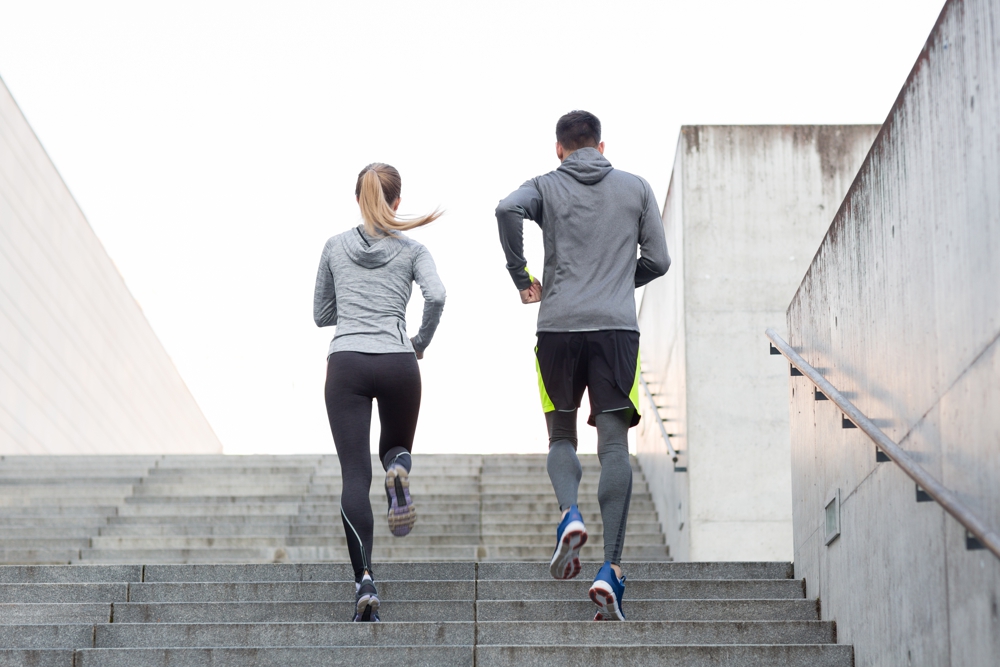
Let’s be honest, finding the motivation to run isn’t always easy. Even for the seasoned runners and athletes out there, there are plenty of days where the last thing you want to do is go for a run. Too busy, too tired, hot weather, cold weather, not feeling well, I’ll do it tomorrow – we’ve all been there with ways of talking ourselves out of a run. And while you’ll always regret not going for your run, you will almost never regret just getting out there and doing it. To help you on those days where you’re just not feeling it, here are some tips to motivate you to get out the door and get those miles in:
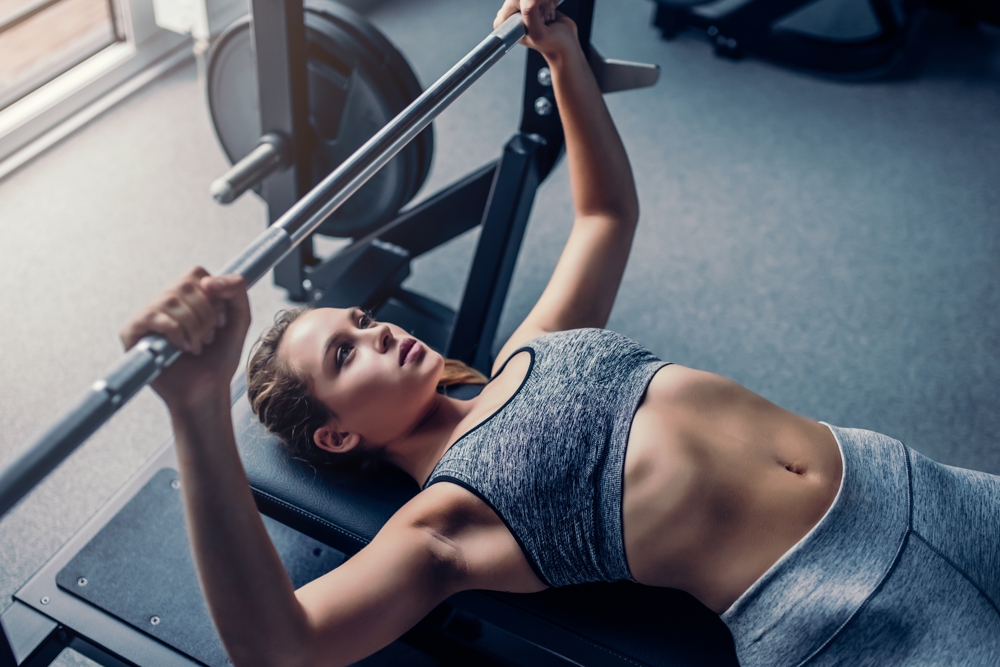
The bench press is one of the most important upper body exercises. You can be forgiven for thinking it is a chest exercise, a lot of people do; however, it is so much more than that. It is a compound exercise, and that is because it recruits many muscles throughout the body.
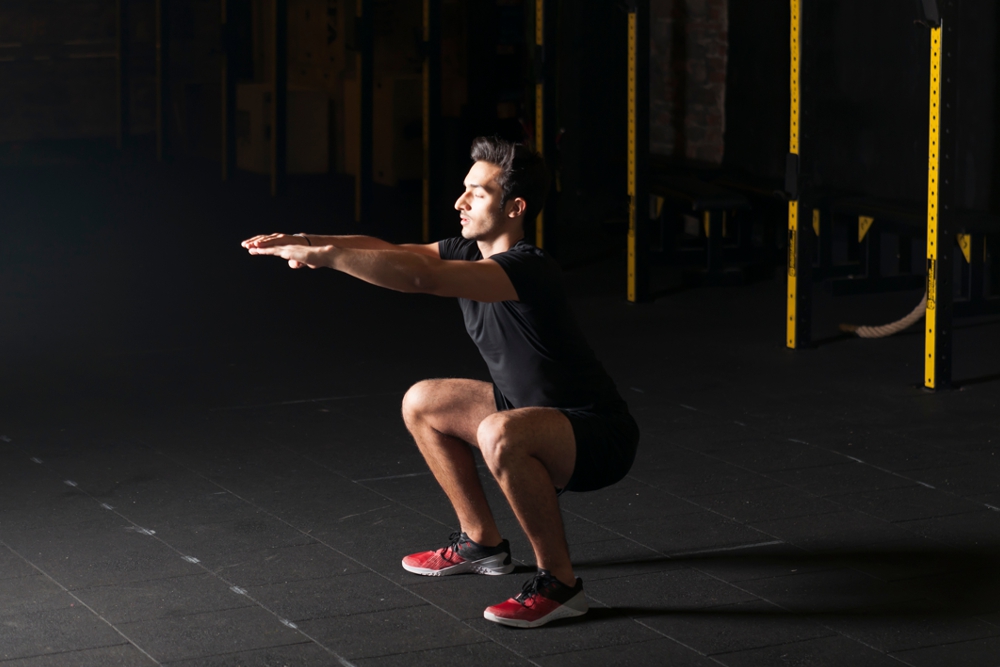
There are two main classifications of exercises: compound exercises and isolation exercises. In this post, we will cover exactly what a compound exercise is.
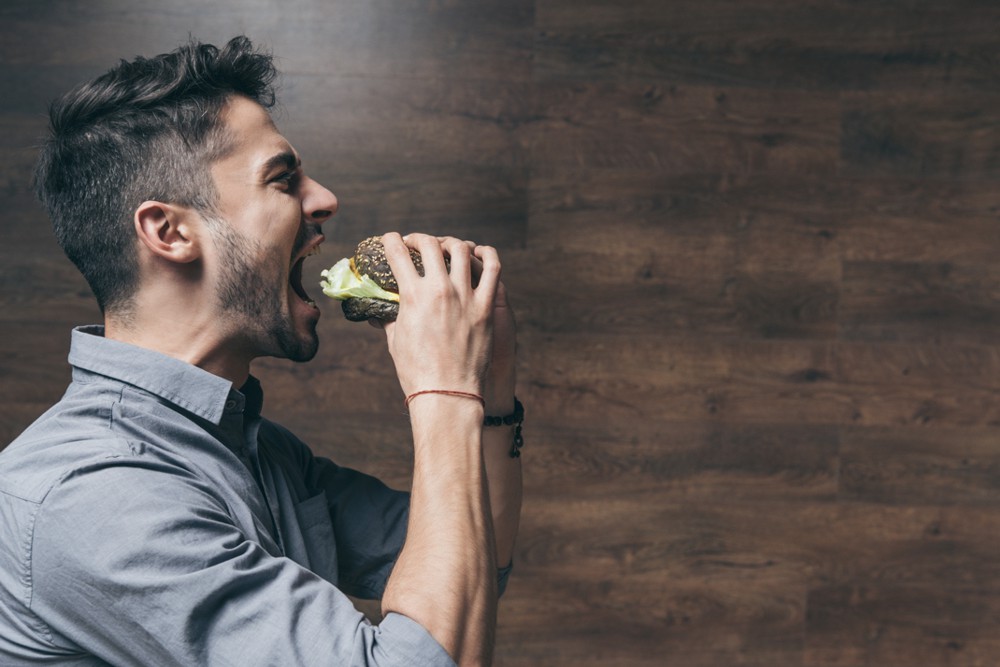
Why do some people manage to say no to that extra slice of cake, yet others can’t resist? It’s important to understand the difference between hunger and appetite to help you keep a more balanced attitude toward food and eating.
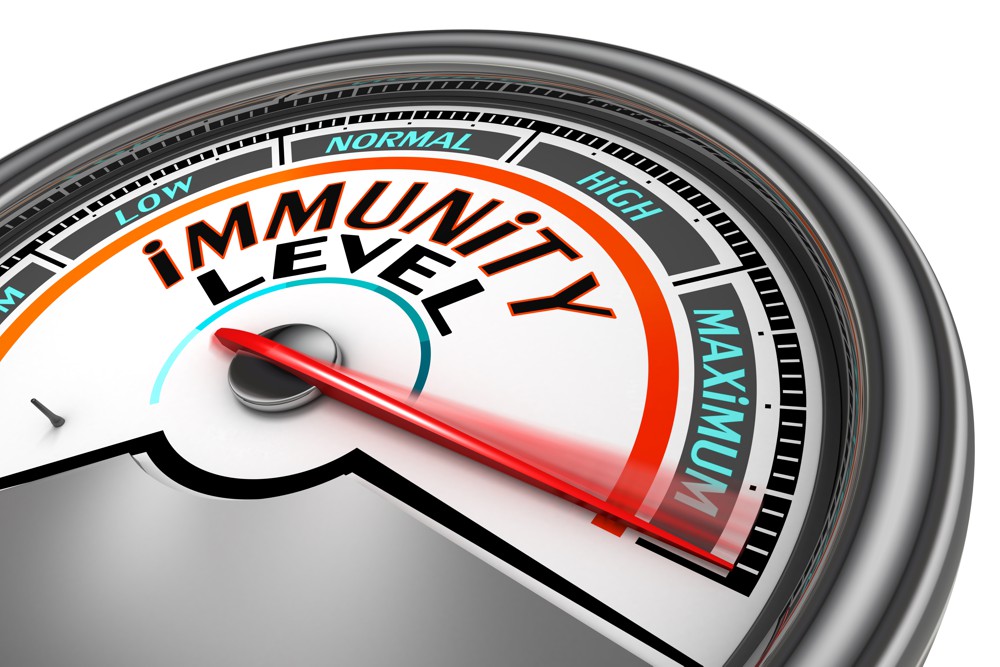
Feel a cold coming on? Can’t shake your cough? Don’t worry these immune boosting foods are star defense players in your diet.

Hot chocolate, Netflix marathons, and warm duvets are just some of the finer comforts the cold weather brings. But a season linked to shorter days can influence how well you sleep. Here’s why cold weather makes it difficult to get out of bed in the mornings.

Filling your fridge with healthy perishables makes whipping up nutritious meals a pleasure, not a chore. Fill your fridge with these 10 versatile ingredients.
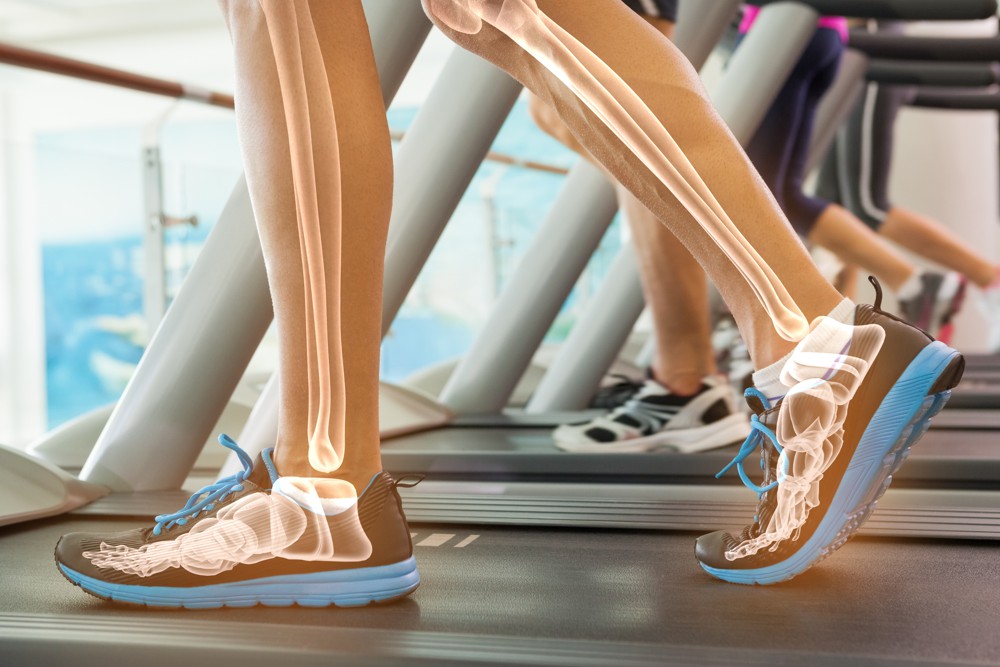
Our skeleton is also extremely efficient, despite supporting the weight of our entire body. The dry weight of a healthy human skeleton averages only around 7% of total body mass – so blaming excess weight on ‘big bones’ is not exactly an excuse!
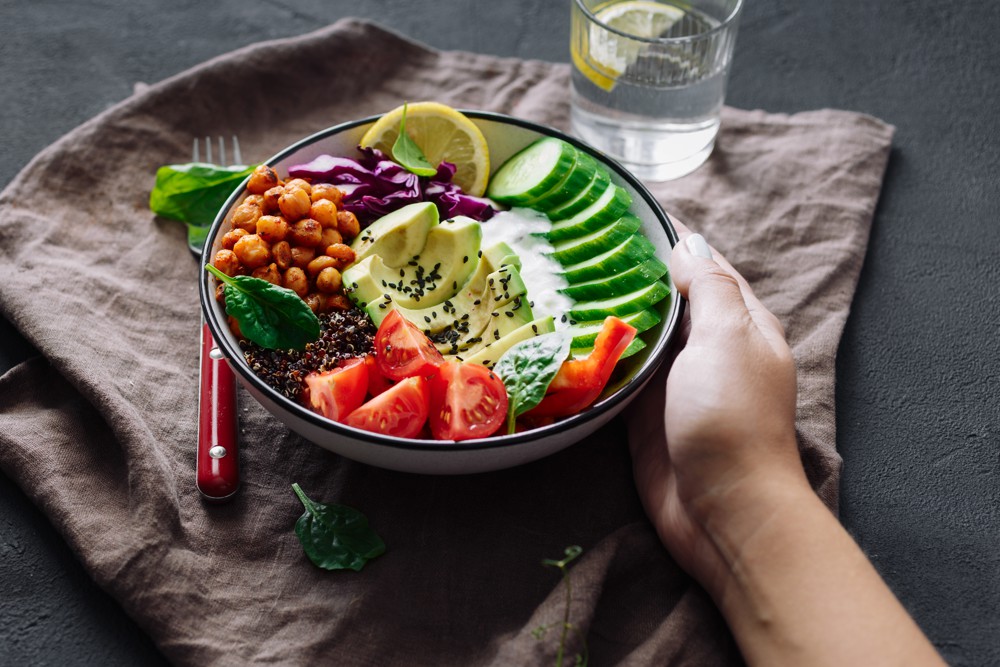
Are you getting enough nutrients to power through your HIIT class or do you sometimes feel like you’re running on empty? Lookout for these 5 common signs you’re not eating enough to fuel your workout.

‘Metabolism’ is a bit of a buzz word on the fitness scene these days. Countless studies aim to prove speeding up your metabolism equals faster weight loss. But what is it exactly?
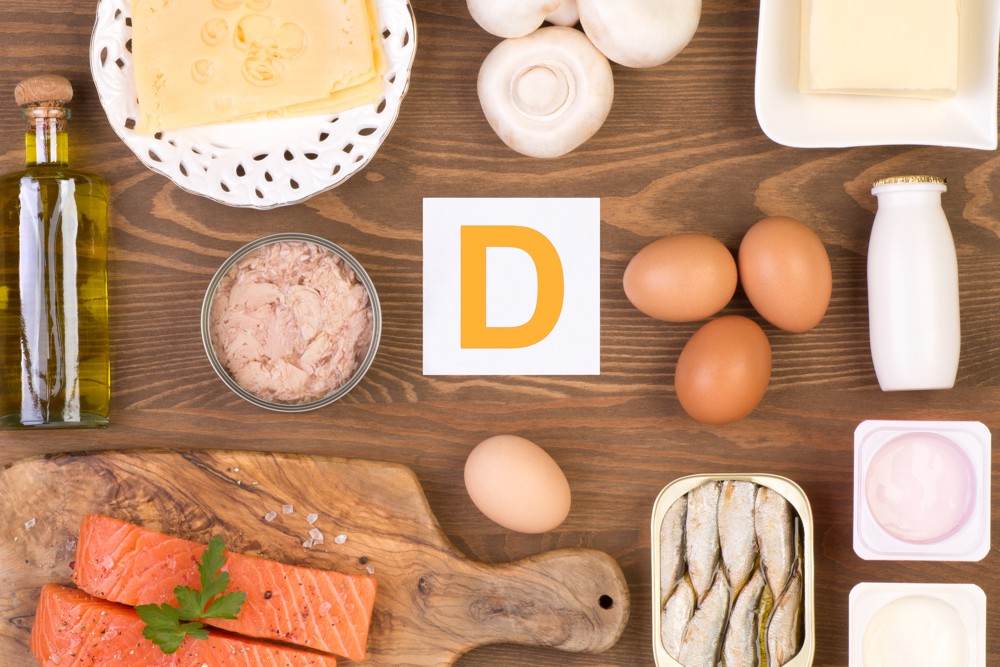
Vitamin D – The Sunshine Vitamin Your body produces vitamin D when you are directly exposed to sunlight. It is also a vitamin that you can get through certain foods and supplements to ensure that we have the correct levels in our blood.
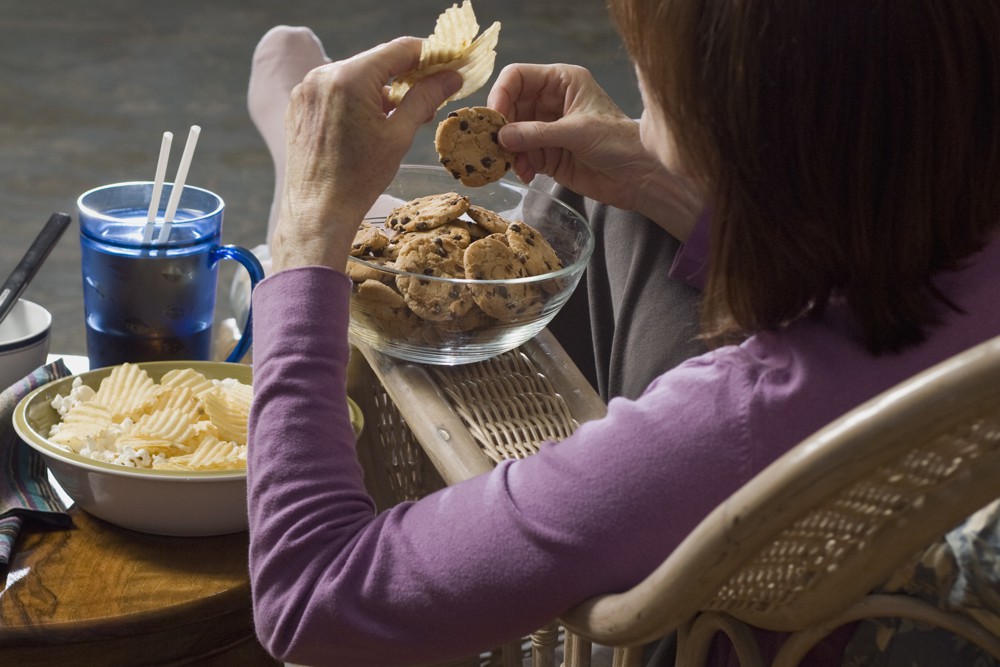
Starting a new training and eating regime often resembles the wheels of the bus. Everything is running smoothly until the wheels come off, motivation plummets and you have just finished the entire tub of Ben & Jerry’s. What next?

There is no denying that it’s more difficult to keep in shape during the winter months. With dark mornings and nights, freezing conditions, and snow and rain soaking our favorite running paths, it’s hard to get enthused about exercising or drinking cold green smoothies. So to help you out, we’ve compiled a few simple solutions for four of the most common winter weight mistakes we hear every day:
.jpg)
Working on your fitness can really improve your tennis game. The workout below targets each of the main areas involved in the game so you’re in top shape when you step on court. Repeat the workout twice a week for the best results, resting for 30-45secs between sets. Start with a warm-up of marching then jogging on the spot and stretches for the upper and lower body.
Forward and Side Jumps/hops – 2 sets.
Arrange 5 low hurdles in the floor roughly 1.5f apart (you can use cones or any other markers if necessary). Jump over each hurdle with feet together, using your arms to add momentum, jumping again as soon as you land. Turn to your right and repeat the course, jumping sideways, leading with your left shoulder, and then repeat leading with your left.
Lunge and Twist – 2 sets of 12 reps (6 each side)
Stand with feet together holding a medicine ball or weight level with your chest. Take a large step forward with your right leg and extend your arms out in front of you. Rotate your torso to the right and then back to the centre. Bend both knees to perform a lunge, making sure your front knee is behind your toes. Quickly straighten your legs, jumping up and bringing your left leg forward and right leg back. Turn your torso to the left and then back to centre, lunging and jumping again. Continue, alternating sides to complete one set.
© Club Fitness NY
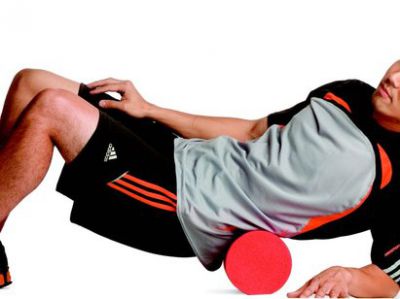 From time to time, people are saying they find the perfect solution to "build" your body. But what about if you don't want to become a body-builder, but just get more fit and healthy? Let's see the 5 basic rules to fit your self up the easy way:
From time to time, people are saying they find the perfect solution to "build" your body. But what about if you don't want to become a body-builder, but just get more fit and healthy? Let's see the 5 basic rules to fit your self up the easy way:
1. Eat five times a day at 2-3 hour intervals. This keeps you saturated with the amino acids and glycogen from protein and carbohydrate sources that you need to push abnormal muscle growth. This also prevents muscle loss due to a bodily starvation reaction to heavy workouts.
Hanging leg raise works the abdominal muscles, especially the lower abs. It also trains your grip strength which you need it for many weight lifting workouts including pull up and bench press.
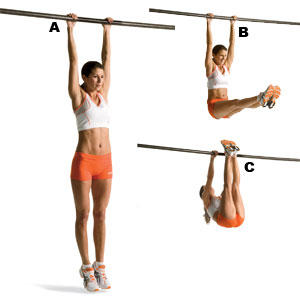
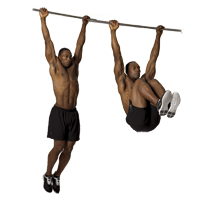
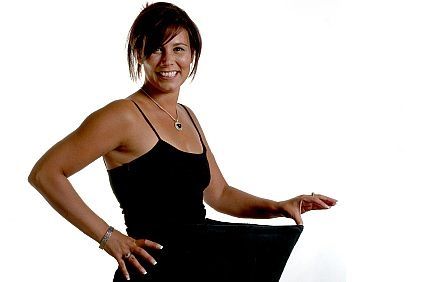 Losing fat and gaining muscle has nutritional, physical and psychological aspects. The following 15 strategies can help you reach your goals:
Losing fat and gaining muscle has nutritional, physical and psychological aspects. The following 15 strategies can help you reach your goals:
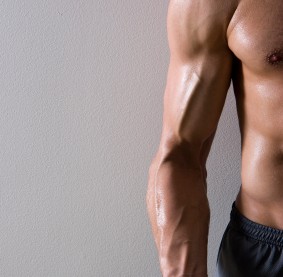 Intensity refers to load/weight and has been shown to have a significant impact on muscle hypertrophy and is arguably the most important exercise variable for stimulating muscle growth. Intensity can be recorded as a percentage of 1RM and equates to the number of repetitions that can be performed with a given weight.
Intensity refers to load/weight and has been shown to have a significant impact on muscle hypertrophy and is arguably the most important exercise variable for stimulating muscle growth. Intensity can be recorded as a percentage of 1RM and equates to the number of repetitions that can be performed with a given weight.
Repetitions can be classified into 3 basic ranges:
These repetition ranges involve the use of different energy systems and stress the neuromuscular system in different ways. This variation of stress impacts the extent of the hypertrophic response.The use of high repetitions has generally proven to be inferior to moderate and lower repetition ranges in eliciting increases in muscle hypertrophy. This means that a load less than approximately 65% of 1RM is not considered sufficient to promote substantial hypertrophy. This is because the high rep training can bring about significant metabolic stress but the load is inadequate to recruit and fatigue the highest threshold muscle fibres.Whether low or moderate reps evoke a greater hypertrophic response has been a matter of debate as both produce significant gains in muscle growth. However, the general consensus is that the moderate rep range of 6–12 reps will optimise muscle hypertrophy.
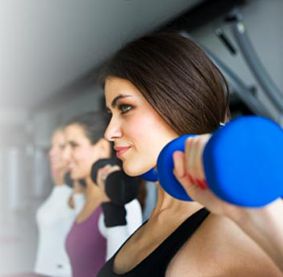 Overtraining is something that many people are facing nowadays. It hasn’t always been strictly hard exercise but has usually come from just pushing too hard in a few sets of just working out too frequently. Just putting too much strain on the body, going that extra unnecessary mile.
Overtraining is something that many people are facing nowadays. It hasn’t always been strictly hard exercise but has usually come from just pushing too hard in a few sets of just working out too frequently. Just putting too much strain on the body, going that extra unnecessary mile.
There are a few vital clues that our bodies give out when they have had enough and require some rest – or at least time off exercise all together (in the conventional sense). I believe movement and activity is always good but sometimes we need to take it easy with things like weight lifting, running, and other intense exercise.
Keep an eye out for when:
This happens for a variety of reasons - our nervous system gets tired, and our muscle glycogen gets depleted leading us to feeling grumpy, irritable, tired, lethargic and like we don’t want to move – a sort of tired but wired feeling. Basically all the things that we do not want to feel especially when trying to look and feel healthy – the trouble is our nervous system needs a lot of time to repair, only good sleep, relaxation and food can help.
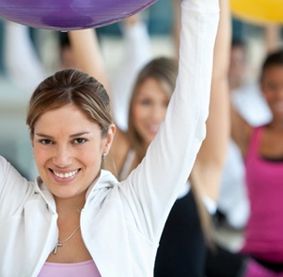 Everyone have seen the cut/bulk cycle that many people go through adding weight for the winter with the pipe dream of gaining some extra muscle and dieting the whole summer to reveal those abs…..Its not something you want to do you can look and feel great all year round by following a few rules!
Everyone have seen the cut/bulk cycle that many people go through adding weight for the winter with the pipe dream of gaining some extra muscle and dieting the whole summer to reveal those abs…..Its not something you want to do you can look and feel great all year round by following a few rules!
Your body is very self regulating if you start lifting heavy weights and doing intense workouts your appetite will ramp up and so long as you stick to good wholesome food 80% of the time you will gain quality muscle and your strength in the gym will increase….
Take your time with gaining size if your getting stronger it means you are getting bigger, simply having trust in that will keep you progressing in the gym. Find new ways to challenge your body and trigger growth whether thats 100 rep body weight squats or a fully loaded leg press just keep your body guessing! You can’t force feed yourself into growth it will just leave you feeling bloated and chubby….
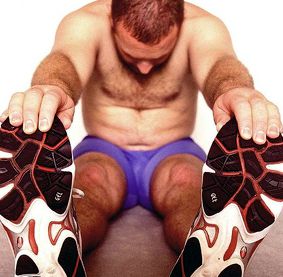 After a really heavy winter in NYC, spring is coming and many of us - especially women- have been looking for different ways to lose weight. Recently I flipped a typical women magazine at my colleague’s desk, I saw advertisements selling magic cream, magic foods, uknown slimming pills and many other too good to be true weight loss products or services. Look as if those companies are never getting tired in coming out with new products which promise easy way to lose weight. Unfortunately, customers become the victim of many of these products but seldom they learn from it. Why? Because they too continue to look for easy fast and way to achieve the ideal weight.
After a really heavy winter in NYC, spring is coming and many of us - especially women- have been looking for different ways to lose weight. Recently I flipped a typical women magazine at my colleague’s desk, I saw advertisements selling magic cream, magic foods, uknown slimming pills and many other too good to be true weight loss products or services. Look as if those companies are never getting tired in coming out with new products which promise easy way to lose weight. Unfortunately, customers become the victim of many of these products but seldom they learn from it. Why? Because they too continue to look for easy fast and way to achieve the ideal weight.
There is only one secret to guarantee you to lose weight. This method has proved to be working well, whether it is in year 1968, 2008 or even 2048. Actually, instead of lose weight, you should lose fat to be exact. Weight can be fat, muscle and bones. What we need to get rid of is the body fat.
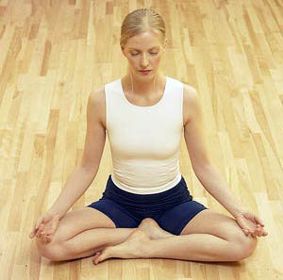 If you are serious about developing your physical stregth, whether by competitive running, personal training, pumping iron in the gym, or even just doing yoga you’ll know there’s a whole lot more than seven potential ways in which your body can not only protest but cause some serious troubles. Whatever your genetic strengths or weaknesses, learning to listen and respond to your body’s initial warning signs makes all the difference between a short or long recovery time and is crucial if you want to keep doing what you do well. On this article the focus is on some of the most common injuries affecting competitive runners, but the information applies to most physical workouts and regimes.
If you are serious about developing your physical stregth, whether by competitive running, personal training, pumping iron in the gym, or even just doing yoga you’ll know there’s a whole lot more than seven potential ways in which your body can not only protest but cause some serious troubles. Whatever your genetic strengths or weaknesses, learning to listen and respond to your body’s initial warning signs makes all the difference between a short or long recovery time and is crucial if you want to keep doing what you do well. On this article the focus is on some of the most common injuries affecting competitive runners, but the information applies to most physical workouts and regimes.
Runner’s knee accounts for about 40% of all running injuries. It typically strikes on longer runs, while descending hills or stairs, or after prolonged sitting. Almost everyone is at risk. The first solution is to slow down. Take extra rest days and reduce your mileage, running only as far as you can without pain. Running uphill or simulating hills on a treadmill strengthens your glutes, hips and thighs and prevents knees from rolling inwards. Cycling is also good for strengthening your quads and swimming is knee-friendly. If you have knee pain on waking which doesn’t ease up, stop running.
 Marathons the last two decades are very succesfull. More and more people are participating either for athletic purposes either for a cause.
Marathons the last two decades are very succesfull. More and more people are participating either for athletic purposes either for a cause.
Let’s start with the bad news though. For those who believe running makes you healthier there are some rather depressing recent statistics. Last year Ryan Shay, aged 28, running in the US Men’s Olympic Trials in Central Park was the first world class marathon runner to die of a heart attack while competing. One day later Mathew Hardy, 50, died of a heart attack just after finishing the New York City Marathon. A month earlier Chad Schieber, 35, died in the Chicago Marathon although he’d previously been diagnosed with a heart defect.
Then of course, back in 1984, there was the case of Jim Fixx, who is largely accredited with popularizing running with his 1977 book ‘The Complete Book of Running’, who died of a heart attack aged 54 while running near his home in Vermont.Enough to make you hang up your running shoes? Then what about Bhai Fauja Singh? Nicknamed the ‘turbaned tornado’, born in the Punjab in 1911 and now living in East London, he’s 100 years old, a life-long vegetarian who avoids alcohol, fried foods and smoking and weighs only 52 kg and is not only running in international marathons, but consistently winning them in his age group. And he didn’t even start serious competitive running until in his 80s! Kind of contradictory, no?
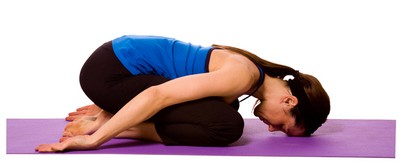 Have you ever consider what can be the relationship between bodybuilding exersices and yoga? Rushing headlong into our strength training routine without the requisite stretching and then rushing through our warm down isn't the best for your body. How conscious are you of your flexibility? Can you still touch your toes? Do you still want to be able to do this as you get older? Yoga could be the power lifter or strongman’s new best friend and you don’t need an incense filled room to do this either.
Have you ever consider what can be the relationship between bodybuilding exersices and yoga? Rushing headlong into our strength training routine without the requisite stretching and then rushing through our warm down isn't the best for your body. How conscious are you of your flexibility? Can you still touch your toes? Do you still want to be able to do this as you get older? Yoga could be the power lifter or strongman’s new best friend and you don’t need an incense filled room to do this either.
There are a few quick and simple moves you can incorporate into your warm down that might just make all the difference. After all yoga is no flash in the pan, it’s been around for a few thousand years and it may just extend your lifting career and improve your power lifting routine.
There are a few yoga moves that will improve the suppleness of your big muscle groups: the glutes, hams, quads, and lats.
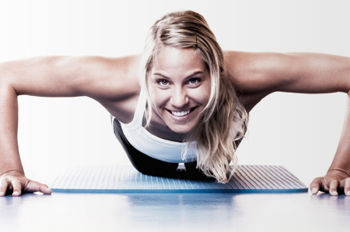 Different physical activities have differing energy requirements, as one might expect. However, these energy requirements rely on a variety of sources of fuel as well as bodily energy systems to supply their needs. Understanding your body’s needs and responses according to the type of physical activity you’re involved in largely determines your overall performance and success.
Different physical activities have differing energy requirements, as one might expect. However, these energy requirements rely on a variety of sources of fuel as well as bodily energy systems to supply their needs. Understanding your body’s needs and responses according to the type of physical activity you’re involved in largely determines your overall performance and success.
Take, for example, the 100 meter sprint and the marathon. The sprint is a brief high intensity event, whereas the marathon is a prolonged endurance test. Both burn up plenty of energy from different sources and by way of different bodily systems. Basic energy comes via the muscles in the form of Adenosine Triphosphate, or ATP. However, stored supplies of ATP for immediate use are limited and must be replenished and resynthesized from other sources via various metabolic paths depending on the intensity of the need.
The energy systems providing the metabolic paths are categorized as either immediate, short or long term and each is based on the resynthesis of ATP either from intramuscular phosphate PCr macronutrients, carbohydrates, lipids and protein or in some form of combination. These fuel sources use varying metabolic pathways in the regeneration of ATP.